一 : 旅游类文体翻译
Translation in Tourism
Some improper versions
We should use “kebab or kabob”
Some improper versions 闭馆前一小时停止售票
ticket office stops work one hour before closing
“严禁携带刀具和易燃易爆等危险物品入内”的“严禁带入”
prohibited to carry-into prohibited
Content
? ? ? ? An Introduntion to Translation in Tourism Strategies to Tourism in Translation Different Publicity Materials in Tourism Other obstacles in translation
Introduction
? Definition
旅游翻译应是为旅游活动、旅游专业和行业进行的翻译 (实践),属于专业翻译。概括地说,旅游翻译是一种跨语言、 跨会、跨时空、跨文化、跨心理的交际活动。同其他类型 的翻译相比,它在跨文化、跨心理交际特点上表现的更直接、 更为突出、更为典型、更为全面
武汉市自然风光绚丽多姿,人文景观璀璨 夺目。屈原曾在这里行吟;李白曾在这里漫 游;商代盘龙城遗址,是长江流域发现的第 一座商代古城;龟山脚下的古琴台,流传着 俞伯牙与钟子期知音相会的千年佳话;黄鹤 楼名闻天下,晴川阁古色古香,归元寺参禅 生地,东湖,磨山景色宜人。市内有辛亥首 义红楼,农民运动讲习所,‘八七’会议旧 址等52处革命纪念地,18处古建筑及历史纪 念建筑,2处石窟石刻,9处古文化遗址,6处 古墓葬。其中20处重点游览地分布在武汉三 镇,总面积477公顷。
?
?
“Boston,nick— named ‘The Hub’by Oliver Wendell Holmes,has been the center of change,progress an d excitement in America for three and a half centuries.Since Captain John Smith sailed into Boston Harbor in 1614,this has truly been place where yesterday meets today.Welcome to Boston: As mayor.I am pleased to welcome you Boston— adynamic city with a rich heritage of history,culture and hospitality.On behalf of our citizens,I invite you to share our vitality and take advantage of all that Boston has to offer. From historic Faneuil Hall Marketplace to the hidden treasures in our distinctive neighborhoods,Boston has something for everyone.So enjoy your stay with US!”
? Comparison
中文突出通达物象表现情理,强调客观融入主观,偏好托物寄情、借 景抒情、一景一物皆有灵性,主观色彩极浓;所用语言大多空灵、含蓄而 深远,充满诗情画意,具有一种朦胧美。 英文重形式、重写实、注重逻辑理性,用词强调简洁自然,描述突出 直观可感的风格。
Strategies
? Translation Principle
德国“ 目的论”学派产生于 20 世纪 70 年代。目的论形成了功能翻译理论的 主流, 目的论认为, 翻译是一种交际行为, 翻译行为所要达到的目的决定整个翻 译行为的过程, 即“ 目的决定手段”翻译策略必须根据翻译目的来确定。 在这一过程中, 译者应根
据客户或委托人的要求, 结合翻译的目的和译语读者 的具体情况, 来决定原语文本信息的选择、翻译策略的运用以及译文的表现 形式。他们明确指出“: 具体翻译要求的可行性取决于目的语的文化而不是 原语文化环境。”
旅游景点名称的翻译-------直译、意译、音译 直译适用于地名、人名等的翻译,如辽 宁( Liaoning) 、西施( Xi Shi) 等, 但在人名翻译 时, 有时还需要加以解释。 音译、意译结合时, 一般都采用专有名词 音译、一般名词意译的方法, 在涉及到历 史上和传说中的人物时尤其如此, 如茅盾 故居 ( Mao Dun's Former Residence) 。 完全意译对保留原文形象及文化、历史 内涵至关重要,如西湖十景之一的三潭 印月( Three Pools Mirroring the Moon)
增添
? 增添是指增添适当的理解原文内容 所必需的背景知识, 例如历史事件发 生的年代, 名人的身份及其在历史上 的贡献, 名胜古迹所蕴含的建筑文化、 历史典故等等。
? 杭州西湖十景之一的苏堤春晓, 其译 文为: Sudi Cause way in the Spring Dawn, 如果译文中增加了 对苏东坡的介绍, 也就能够使该景点 所蕴含的历史文化得以体现, 因为苏 堤是由苏东坡通过疏通湖底淤泥而 建的。
删减
? 汉语的行文用字讲究工整对仗, 常伴有较多 的同义重复, 这与英语的简练形成鲜明的对 比。若全盘译出, 势必会使译文拖沓冗长, 美感缺失, 因此可能破坏外国游客游玩的兴 致, 达不到预期的交际目的。 ? 临河的街路,绍兴人将其称为?河沿?,这 种河沿在城内纵横交错,是水城的 独特景 观,可谓?三山万户巷盘曲,百桥千街水纵 横?。
? The streets and roads along the rivers are called?heyan?by the locals and crisscross inside the city presenting a unique view.
解释
? 解释是对字、词、句的字面意思的解释。这样不仅可 以使外国游客建立起读音和意义的联系, 了解汉语名 称的字面意思, 还可以使他们了解这些名称的由来, 增 加旅游的趣味性。
?
介绍人物或者名人,解释法是一种比较有效的方法, 一方面可以让他们知道地名或者人名的中文发音,另 一方面也可以让他们对地名的来历以及人物的身份有 所了解。
陆游悲吟《钗头凤》的沈园池台。The haunting melan-choly ponds and terraces in Shen Garden where Lu You,a SouthernSong Dynasty (1127—1279) poet and native of Shaoxing,com-posed his heartbreaking poem Chai Tou Feng lamenting the loss ofhis beloved ex-wife and cousin.
?
借用
? 借用指借典译典, 借助译语的表达方式和形 象来翻译原语有特定文化含义的表达方式和 形象以求功能对等。有学者称之为文化替换, 在找不到文化对应词时, 使用译语文化中同 类典故、委婉语等, 会收到意想不
到的效果。 这样可以简洁而准确地介绍人物和景点, 使 译文读者在自己文化的基础上理解异国文化 情调, 加强文化的交流与理解。
? 曾在杭州灵隐寺出家的济公比作西方的绿林 英雄罗宾汉。
类比
? 借助译语中的表达方式或者形象来翻译原文 中有特定文化含义的表达方式和形象,可以 缩短译文读者的心理和文化距离,译文读者 更加容易理解和接受。 ? 绍兴:Oriental Venice ? 祝英台和梁山伯:Chinese Romeo and Juliet。
改译
? 指在不损害原文信息和功能的前提下,对不 符合译语表达习惯,风格和句序的地方进行 调整,从而更好的被译文读者接受。 ? 沈园位于鲁迅中路,从鲁迅祖居门前穿越中 兴路往东不出二百米。沈园至今已有 800 多年的历史,初成时规模很大,占地七十亩 之多,是绍兴古城内著名的古园林。 ? Shenyuan Garden is a famous ancient garden in Shaoxing,Itis situated on the middle section of Lu Xun Road, 200 meters eastof Lu Xun's Ancestral Residence. It covers an area of more then 70acres and it has a history of over 800 years.
Publicity Materials
? 旅游文本翻译的功能
? 向游客传递、介绍景点信息, ? 以其本身魅力和宣传效果打动读者。因此,语言必须要有 特色,即要做到准确、通俗、明晰。译文要有吸引力,能 雅俗共赏,使各种不同文化层次的读者能易于理解,乐于 接受。
? 常见的旅游文本
?旅游广告
?宣传手册
?标示语 ?导游词
旅游广告
?简短易记,印象深刻 ?口语特点,亲切自然 ?代词使用,没有?第三者?
苏州、杭州:上有天堂,下有苏杭。 Heaven above, Hangzhou below!
宾西法尼亚:美国从这里开始。 Pennsylvania:America Starts Here! 西班牙:阳光普照西班牙。
Everything is under the sun!
阿鲁巴:我们唯一的事情就是为你服务
Aruba :Our Only Business Is You !
旅游手册
--------- 旅游景点宣传手册或旅游指南
增添
太平宫位于崂山东部的上苑山北麓,初名太 平兴国院,是赵匡胤为华盖真人刘若拙建的道 场之一…… Taiping Temple is located at the northern foot of Mount Shangyuanshan,east of Laoshan Mountain. Its original name was “Garden of Taiping Xingguo”,serving as a Taoist temple. Under the grant of Zhao Kuangyin, the founder of the Song Dynasty (960- 1121), it was built for Liu Ruozhuo, a famousTaoist priest of the time.
旅游手册
--------- 旅游景点宣传手册或旅游指南
删减
南苑树木葱茏,绿草如茵;北苑林路漫漫, 曲径通幽;东苑依山面海,景色宜人,均是不 可多得的休闲游览胜境。
All three are beautiful gardens with avenues of green trees and patches of lush grass providing pleasant environments for relaxing and pleasure.
旅游手册
--------- 旅游
景点宣传手册或旅游指南
意译
杭州因为有美丽的西湖而成为著名的风景旅游城市。北 宋词人柳永在《望海潮》一词中写到:“东南形势,三吴 都会,钱塘自古繁华,烟柳画桥,风廉翠幕,参差十万人 家,云树绕堤沙,怒涛卷霜雪,天堑无涯。市列珠玑,户 盈罗绮,竞豪奢……”
Hello, friends, the West Lake, like a beautiful oriental girl, is glad to meet you, happy to see you in China after a long and most probably tiresome journey flying over the mountains and the seas. As everybody in China knows: “In heaven there is paradise; on earth there are Suzhou and Hangzhou.”The West Lake is a holiday paradise in the eyes of the Chinese people, the pride of the oriental civilization.
旅游标识语
旅游标识语
--------- 翻译存在的问题
?拼写错误
禁止抽烟 No burning!写成No buming! 厕所 Toilet变成了 Toliet 小心落水!Caution!Water!被翻译成了 Be careful!Falling water!
? 语法错误
?语用失误 游客止步 Visitors, stop here或Stop. 其实本族语 使用者更贴切的一种英文表达是 Staff Only
旅游标识语
--------- 标识语的翻译原则
“统一”原则
(1)如果英语国家有现成的惯用的标示语, 英译可以采用“拿来主义”,直接借鉴,统 一到国际惯例。 意见箱:Complaint Box. 旅游问讯处: Visitor Information (2)如果有沿用至今、被广泛接受的译名, 英译统一到固定译名, 即名从主人。 走失儿童认领 Lost children.
(3)如果既没有现成的英文标识语可以借鉴, 也没有固定译名可以沿用,英译统一到权威 性的官方网站、报刊和辞典。
旅游标识语
--------- 标识语的翻译原则
“简约”原则
标识语的社会功能主要是指示、提示、限 制和强制。特定的社会功能决定了标识语英 译必须简洁。 当心触电!Danger!High Voltage! 而有的地方翻译成了Be careful of the electricity,please.相比而言,前者更简洁,警 示效力更强。 请勿乱涂乱画 No scribbling!不要翻译成 Please don't draw everywhere!
旅游标识语
--------- 标识语的翻译原则
“礼貌”原则
汉语表达倾向于直接、明快。在汉语标牌类标 识语中,直接明晰的禁止类标识一般情况都是可以 接受的,例如“闲人免进”、“禁止吸烟”等。 而英语语言比较强调客体意识,表达间接委婉, 更顾及礼貌原则。 “闲人免进”照直翻译成“Admittance denied to idlers”之类,就会冒犯别人,违背礼貌原则, 可以翻译成“NO ADMITTANCE EXCEPT FOR OFFICIAl BUSINESS”或“STAFF ONLY”。 针对特殊群体,比如说残疾人,尤其要注意用 词含蓄,比如说上海有个地方把“残疾人卫生间” 译成“Deformed man toilet”,就有失尊重。而 Wheelchair Accessible.或Disabled Only!则更容 易被接受。
导游词
?定义
导游词是导游人员引导游客观光游览时的讲 解词,是导游员同游客交流思想,向游客传播文 化知识的工具。
?特点
口语化、知识性、文学性、礼节性等特点。
导游词
文本特点
? 词汇量大 ? 知识面宽 ? 文化面广 ? 措辞讲究 ? 风格人性化:轻松、幽默、清新明快、淳朴 ? 功能多样化:劝说需要哲理,诱导需要理 性,推销需要手段。
导游词
?翻译目的
以游客为本,传播中国文化为导向, 促进中外交流,发展旅游业。 优秀的导游词译文及其讲解能使祖国大好河山由 “静态”变为“动态”,给人留下经久难忘的深刻 印象。 ( 祖国河山美不美,全凭导游一张嘴。)
?翻译难点
跨文化词语:成语、古诗词、对联等。
导游词
导游词译者应做到
? 知识面非常广 知识包罗万象,主要应包括语言知识,政策法 规知识,心理学和美学知识,政治、经济、社会知识, 旅行知识和国际知识等。实践证明,导游词译者与导 游员一样,知识面越广,信息量越大,就越有可能把 工作做得有声有色、不同凡响。
? 能灵活应用各种翻译技巧
由于导游词中涉及大量的典故、诗词、俗语、楹 联等,而英文中有时又缺乏对应词,这就要求译者具 有相当高的中英文水平,并能根据不同需要,作出较 好的翻译处理。
导游词
译例赏析 -------诗词的翻译
游客乘着竹筏游览九曲溪,仿佛置身于画卷 之中,如古诗所云:“武夷风景堪称奇,胜似人 间仙境。”
Tourists can ride a bamboo raft to enjoy the picturesque landscape along the Nine-bend Stream, as reflected in the ancient lines that the landscape of the Wuyi Mountains is as marvelous as a fairyland.
导游词
译例赏析 -------俗语的翻译
美国人说“滚石不聚苔”,但在中国确是滚 石不聚墨。正如中国许多林立的峭石,日光岩上 刻有80多处碑文。其中最有名的是郑成功的颂 文 “闽海雄风”。 In America, “rolling stones gather no moss”, in China, they gather no inscriptions. But Sunlight Rock, like any Chinese rock that sits still long enough, is covered with calligraphic inscriptions—over 80, in fact, the most famous being “Heroic Spirit of South Fujian Sea,” a eulogy to Koxinga.
导游词
译例赏析 -------楹联的翻译
大肚能容容天下难容之事,开口便笑笑天下 可笑之人。
His belly is big enough to contain all intolerable things in the world; his mouth is always ready to laugh at all snobbish persons under heaven.
Other Obstacles
? 历史年代和历史人物
历史年代和朝代
桃花源始建于晋,初兴于唐,鼎盛于宋,大毁于元,时兴时衰于 明清,萧条于民国,渐复于解放后,大规模修复开发于1990.
Taohuayuan was first built in the Jin Dynas
ty (256-439 A.D.) began to take shape in the Tang Dynasty (618-709), flourished in the Song Dynasty (960-1297). And went to ruin in the Yuan Dynasty (1279-1368). With ups and downs through the Ming and Qing dynasties (1368-1911), it was almost abandoned in Minguo Period (1912-1949) but restored from the year 1949 on. A large scale renovation began in 1990.
? 历史年代和历史人物
历史年代和朝代
(苏州)境内河流湖泊密布,京杭大运河纵贯南北,是著名的江南水乡。 With so many rivers and lakes in it and the Beijing-Hangzhou Grand Canal through it, Suzhou is renowned as “Venice of China”
银川是宁夏回族自治区的首府…,从明清以来,她就是伊斯兰教在西 北部的居住地和传播中心。 Yinchuan is the capital of Ningxia Hui Autonomous Region….. Ever since the Ming and Qing dynasties, it has been a smaller “Mecca” for Muslems in the Northwest of China.
? 历史年代和历史人物
人名和地名
? 秦始皇 Qin Shihuang, the first emperor in Chinese history who unified China in 221 B.C. ? 林则徐 Lin Zexu, government official of the Qing Dynasty (1636—1911) and the key figure in the Opium War. ? 太平宫位于崂山东部的上苑山北麓,初名太平兴国院,是赵匡胤,为华盖真人刘若 拙建的道场之一。 Taiping Temple is located at the northern foot of Mount Shangyuanshan, east of Laoshan Mountain. Its original name was "Garden of Taiping Xingguo", serving as a Taoist temple. Under the grant of Zhao Kuangyin, the founder of the Song Dynasty (960-1121), it was built for Liu Ruozhuo, a famous Taoist priest of the time.
? 古诗词
华清池内有一贵妃池,相传是杨贵妃当年沐浴的地方。唐代诗人白居易的“长 恨歌”中有“春寒赐浴华清池,温泉水滑洗凝脂”的诗句。 Inside the Huachingchih Spring, there is a bathing pool called Kueifeichih which is said to have been the bathing place of Yang kueifei. The famous poet Po chu-I of the Tang Dynasty wrote “The Ballad of Endless Woe ” which contains the following verses : “I was in the chilly springtime They bathed in Huaching lake And in the tepid(微温的)waters The crusted winter slack.”
? 古诗词
? “欲把西湖比西子,淡妆浓抹总相宜” the West Lake was compared by Su Dongpo , a celebrated poet of the Song Dynasty ( 960 - 1121) , to a beauty “who is always charming in either light or heavy makeup . ? 在我国最早的典籍中,即有关这条河的记载。尚书禹贡:“漆沮既从,沣水 攸同”,诗经大雅:“沣水东注,维禹之绩”,说明沣水在远古就是一条著名的河 流。 Records about the river can be found even in the earliest Chinese classics, which proves that the Feng River has been well known since ancient times.
? 古诗词
? 右为碑刻“关帝诗竹画”, 画面用竹叶组成“不谢东君意, 丹青独留名, 莫嫌孤 叶淡, 终究不凋
零”一首五绝诗。 On the right is a tablet with a picture - poem dedicated to ‘Guan Yu the Emperor,’ a four - line poem with five characters to each line. As the strokes of the characters are shaped like bamboo leaves, the whole poem, unless viewed at close range, appears to be a painting of the bamboo. ? 水映山容,使山容益添秀媚,山清水秀,使水能更显柔情,有诗云:岸上湖 中各自奇,山觞水酌两相宜。只言游舫浑如画,身在画中原不知。 The hills overshadow the lake, and the lake reflects the hills. They are in perfect harmony , and more beautiful than a picture.
? 具有中国传统的习俗和文化
? 地名和人名 ? 节日名 三月三节 San Yue San Festival.The festival usually takes place on the third day of the lunar third month, when minority people, especially the young get together for folk song contests to make friends with each other. 元宵节那天,大红灯笼高高挂 During the Yuanxiao Festival, also called Lantern Festival which falls on the 15th day of the first lunar month, red lanterns (Lantern Festival exhibition began in the Han Dynasty, about 2000 years ago, some people believe its origin to be related to Buddhism) can be seen everywhere. 丝绸之路 The Silk Road 鱼米之乡 Land of fish and rice 月老 God who unites man and woman in marriage
? 具有中国传统的习俗和文化
? 食物名和菜名 火锅 huoguo (a container with a heater under it, used for cooking or keeping food warm, esp. at the table) 粽子 zong zi (special pyramid-shaped dumplings which people eat in the 5th month of the Chinese lunar calendar)
?具有中国独特的文化 林子的边上原来有一个洞,传说白娘子曾经在这里修炼。 译文一:Near the forest there once was a cave which was said to be the very place where Lady White cultivated herself。 译文二:Near the forest there once was a cave which was said to be the very place where Lady White, the legendary heroine of The Story of the White Snake, cultivated herself according to Buddhist doctrine.
? 中国菜名翻译方法
----------------直译法 以烹调方法开头的翻译方法 a.烹调法+主料(形状) 炒鳝片 Stir-fried Eel Slices 煨牛肉 Simmered Beef 清蒸鳊鱼 Steamed Limande b.烹调法+主料(形状)+(with)辅料 醋溜仔鸡 Fried Spring Chicken with Vinegar Sauce 蟹粉蒸鱼肚 Stewed Fish Tripe with Crab Meat 辣子炒肉丁 Stir-fried Diced Pork with Green Pepper c. 烹调法+主料(形状)+(with,in)调料 清炖猪蹄 Stewed Pig Hoof in Clean Soup 茄汁鱼丸 Fried Fish Balls with Tomato Sauce
? 中国菜名翻译方法
-----------直译兼音译法
对于一些有地方特色的名菜 ,翻译时若用“音译 地名/人名+直译原料”这种译法可能更有“中国 味儿”。 东坡肉 Dongpo Braised Pork 麻婆豆腐 Ma Po Toufu 北京烤鸭 Beijing Roast Duck
? 中国菜名翻译方法
-----------艺术菜名命名
法
其名称本身既不反映菜的原料,也不反映烹调方法, 若要讲清其意义,必须讲述一个故事或一段历史。翻译 时则先直译出菜名的中文意思,再进行解释。 佛跳墙 The Buddhist monk jumping over the wall--Ingredients used for the casserole are all delicacies of Chinese cooking: shark’s fin, sea cucumber, abalone, dried scallop, ham, chicken, duck, lamb, bamboo shoots, mushrooms and various spices. These are sealed inside the casserole and boiled for long hours, ensuring the essence of each ingredient is being extracted. Thus, besides the wonderful taste, the casserole also has high nutritive values. The meaning of “the Buddhist monk jumping over the wall” is that, this dish is so delicious that the Buddhist monk can not help to jump over the wall and have a taste.
谢谢观赏
WPS Office
Make Presentation much more fun
@WPS官方微博 @kingsoftwps
二 : 旅游类文体翻译

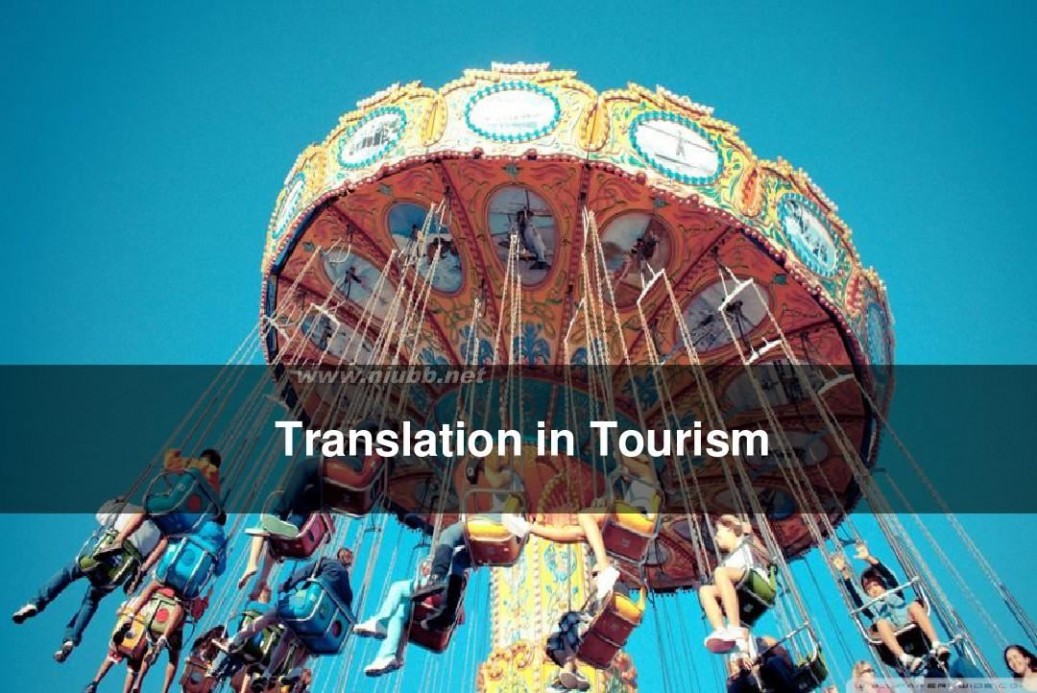
旅游翻译 旅游类文体翻译

旅游翻译 旅游类文体翻译

旅游翻译 旅游类文体翻译
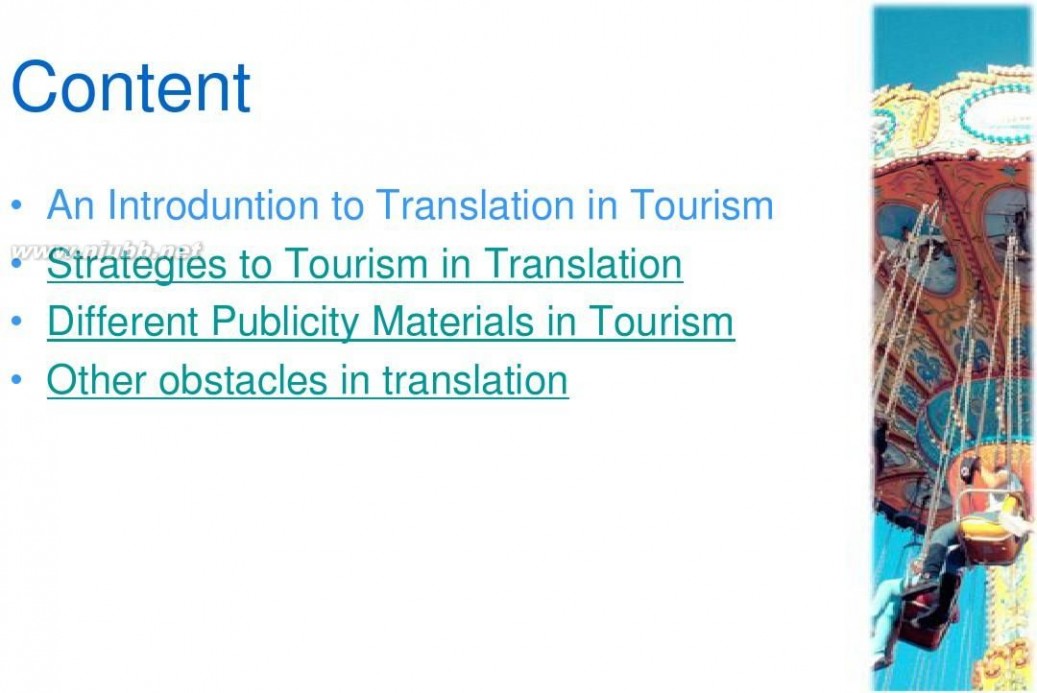
旅游翻译 旅游类文体翻译
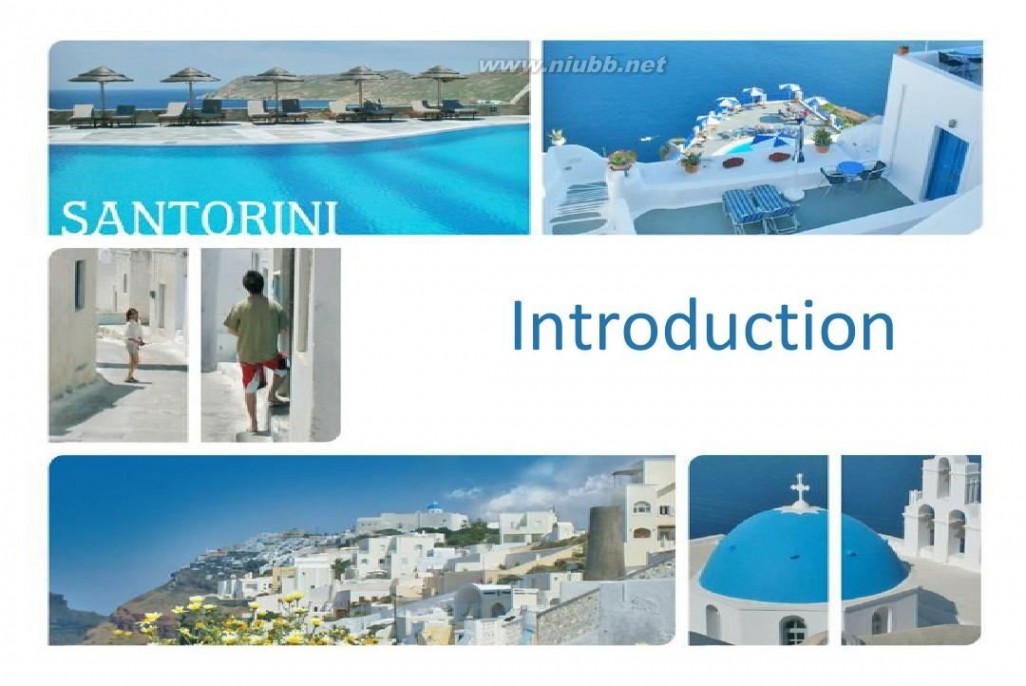
旅游翻译 旅游类文体翻译
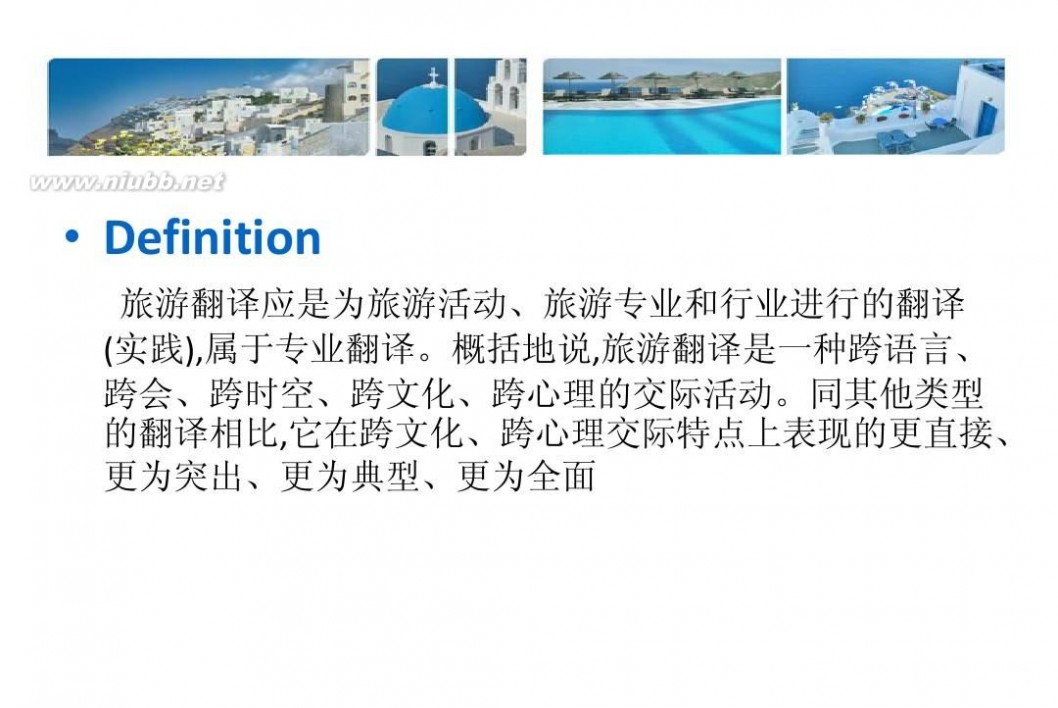
旅游翻译 旅游类文体翻译
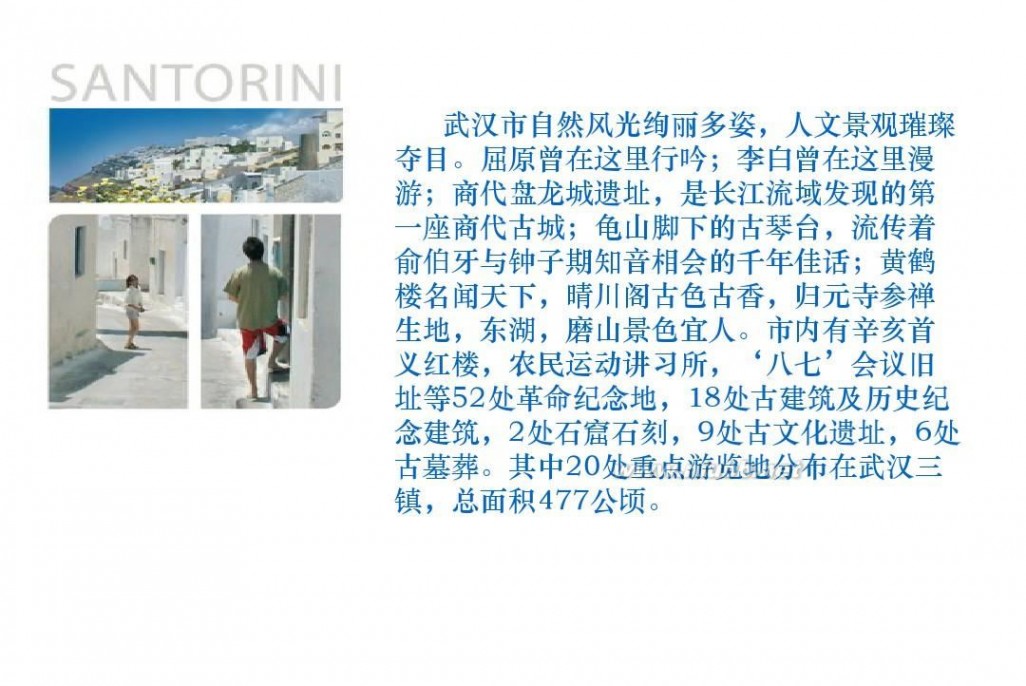
旅游翻译 旅游类文体翻译
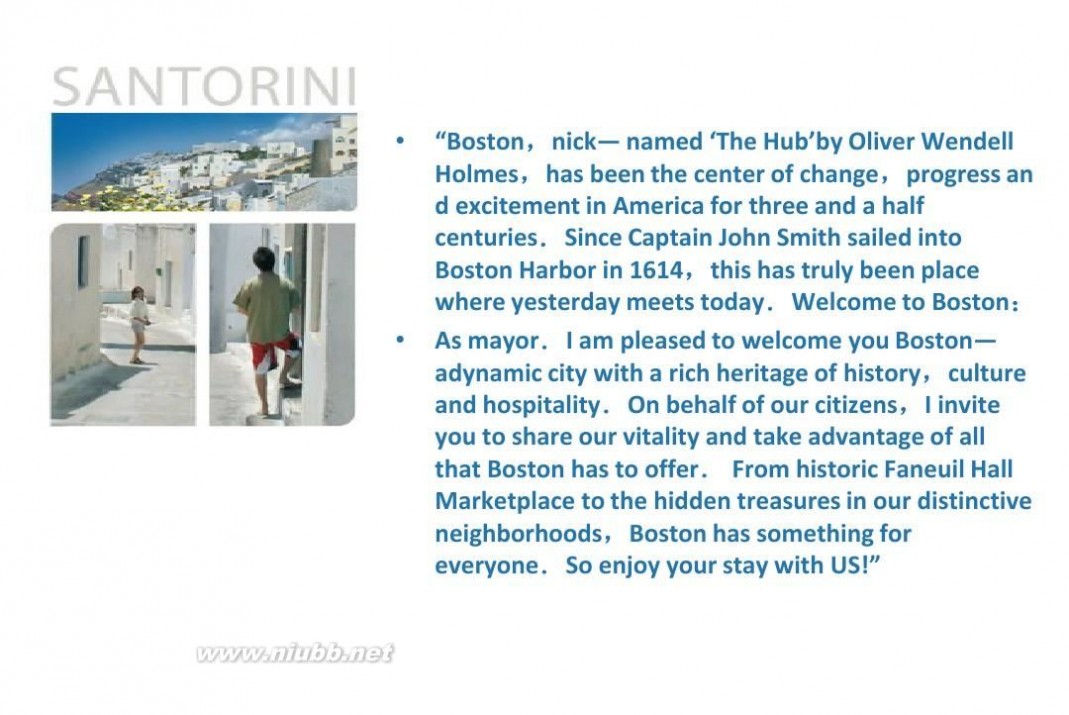
旅游翻译 旅游类文体翻译
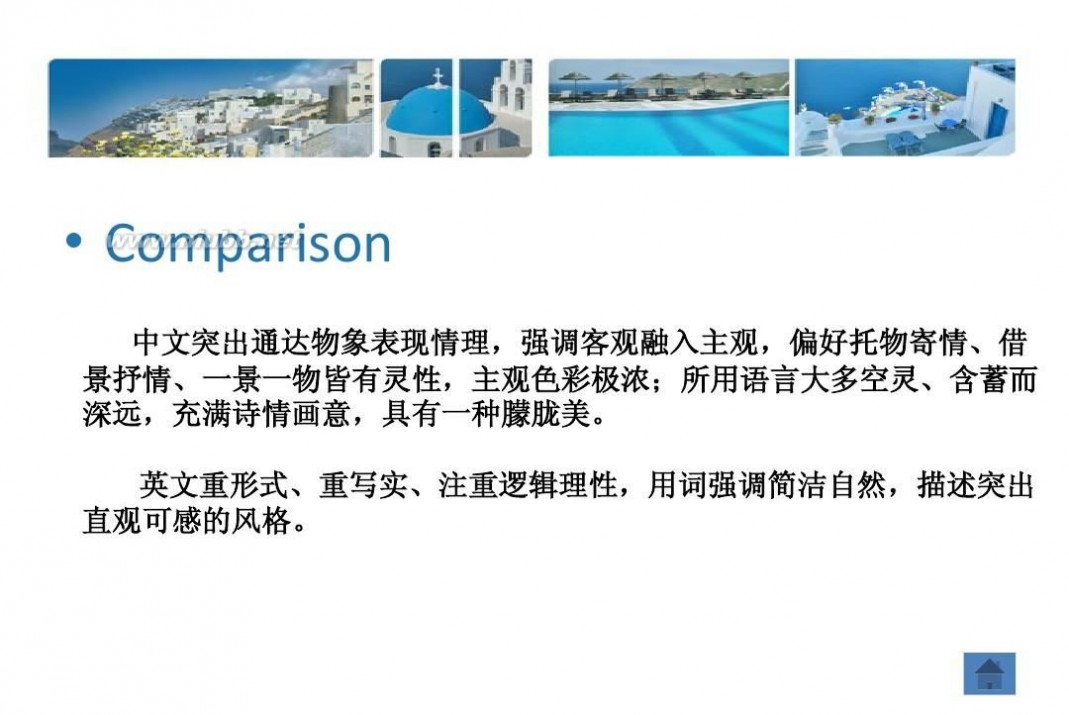
旅游翻译 旅游类文体翻译

旅游翻译 旅游类文体翻译

旅游翻译 旅游类文体翻译
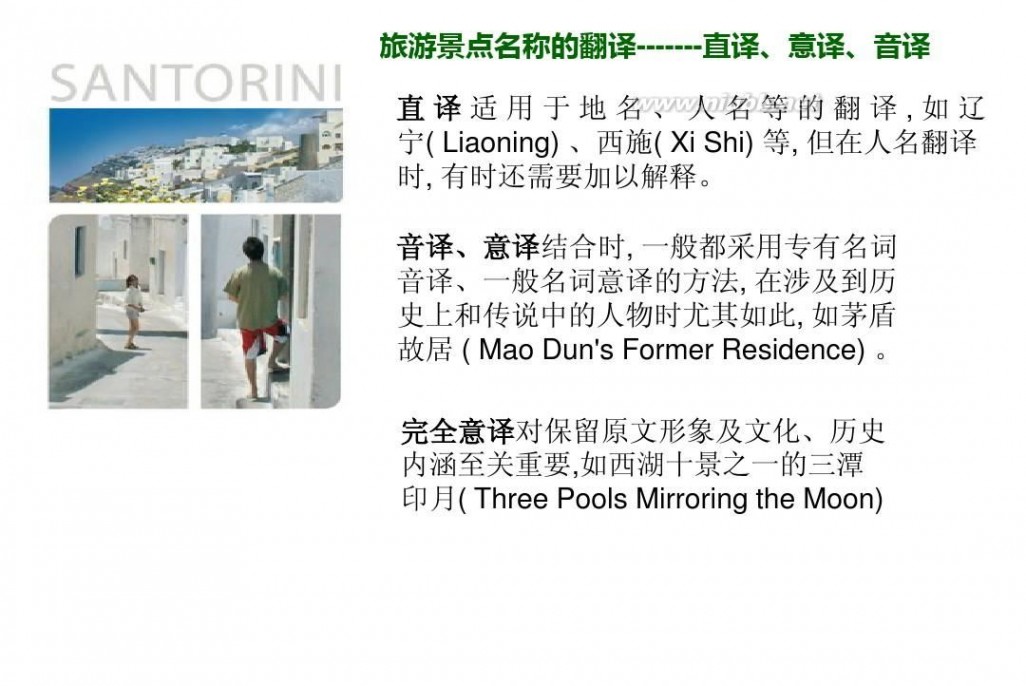
旅游翻译 旅游类文体翻译
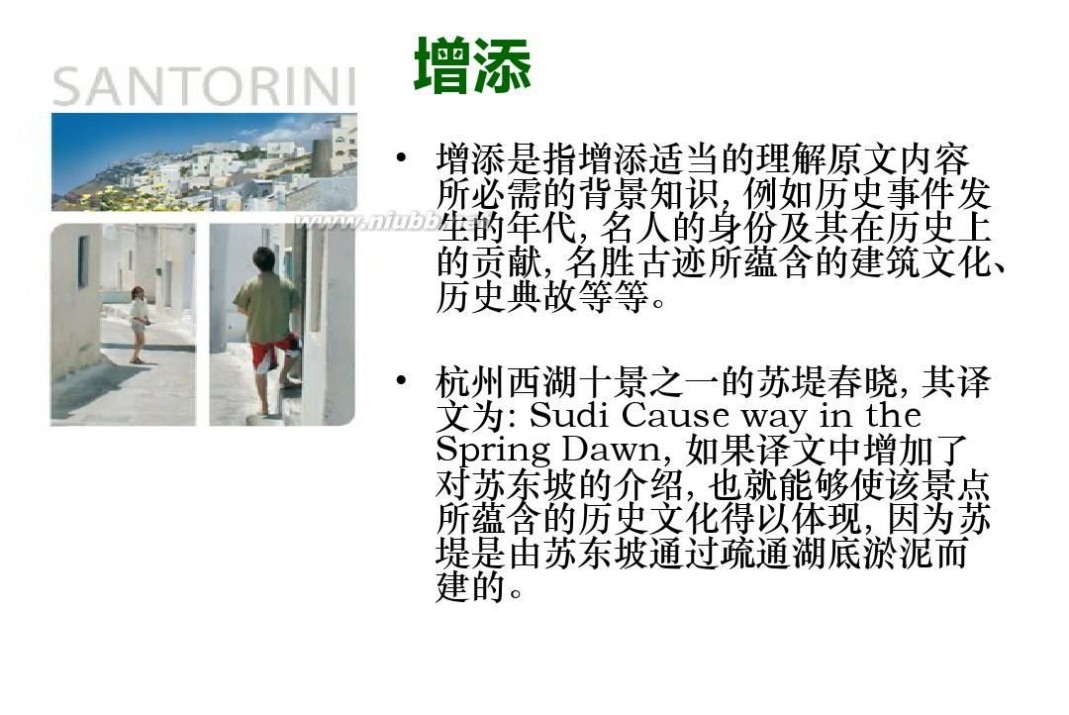
旅游翻译 旅游类文体翻译
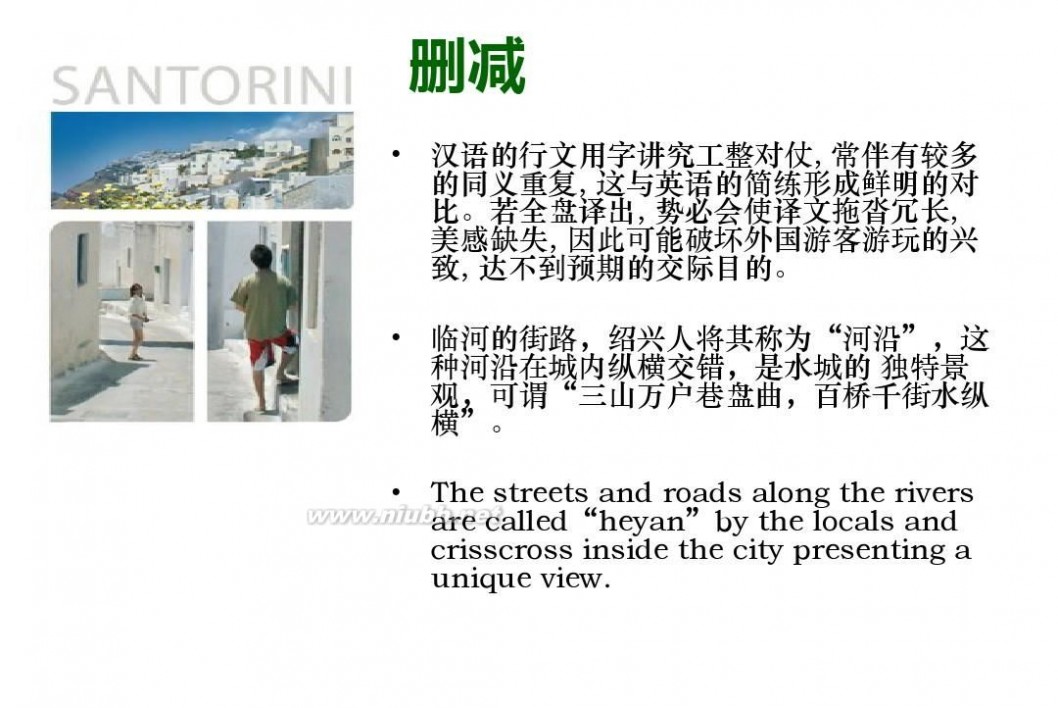
旅游翻译 旅游类文体翻译
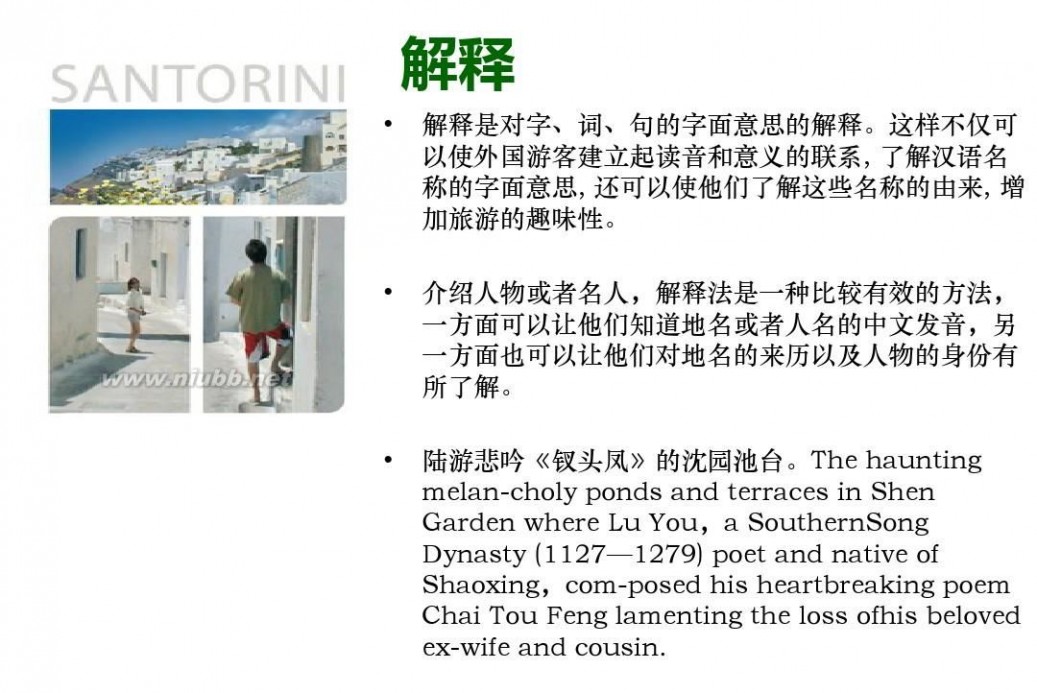
旅游翻译 旅游类文体翻译
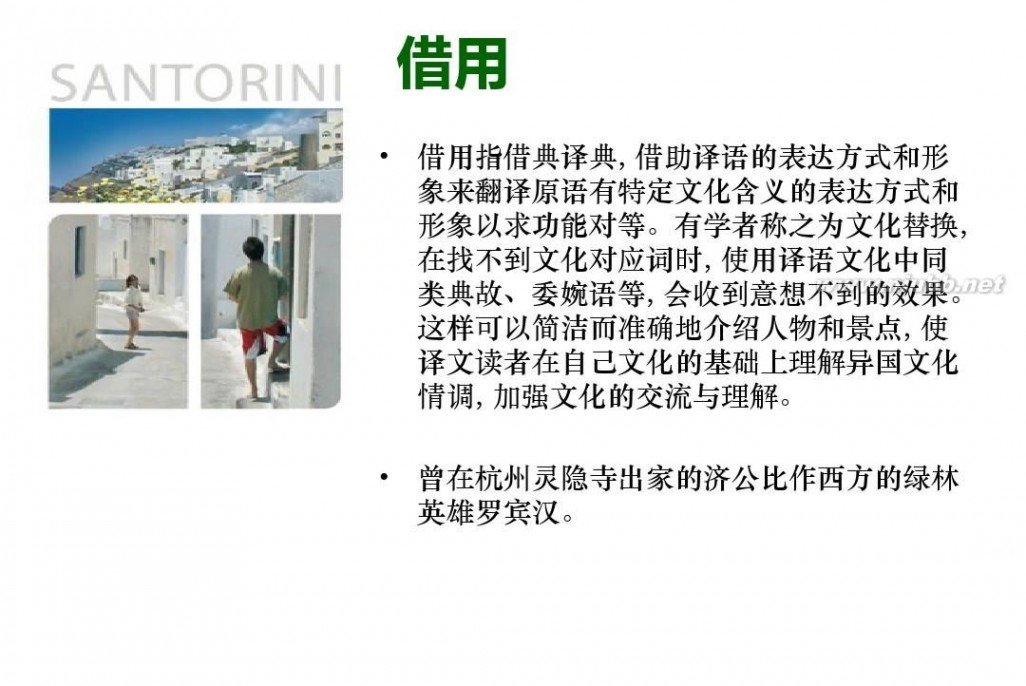
旅游翻译 旅游类文体翻译
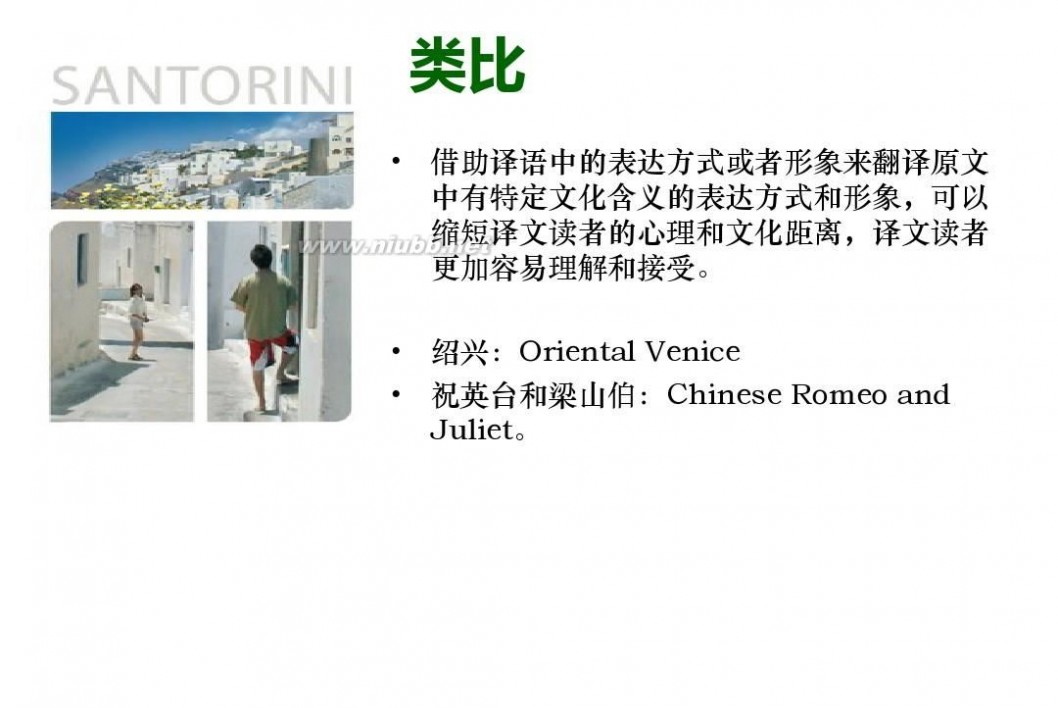
旅游翻译 旅游类文体翻译

旅游翻译 旅游类文体翻译

旅游翻译 旅游类文体翻译
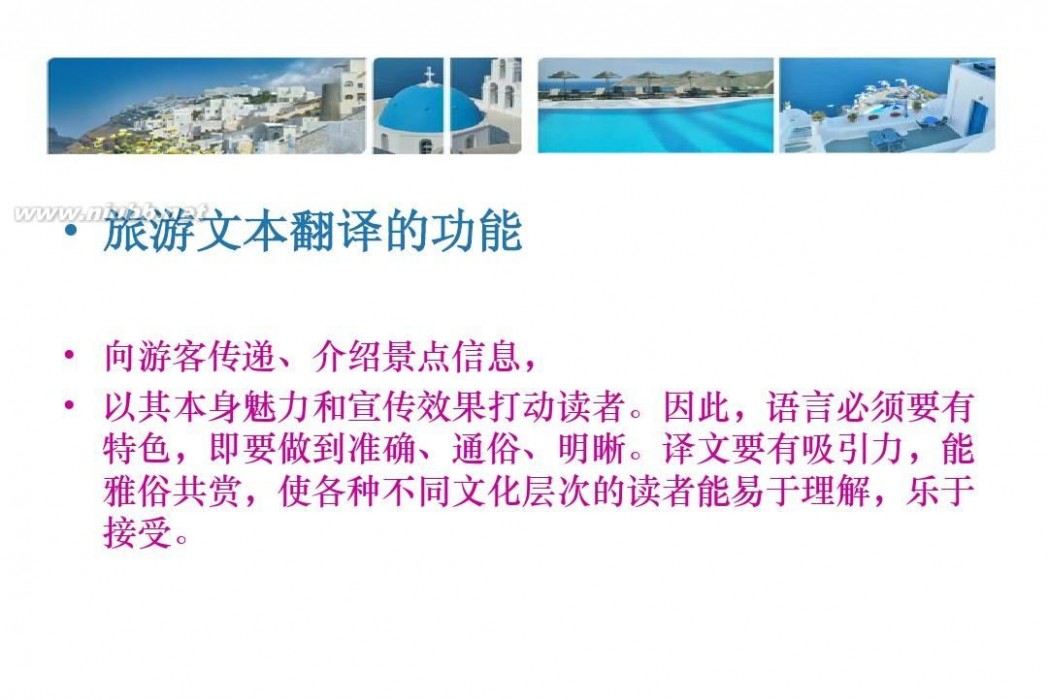
旅游翻译 旅游类文体翻译
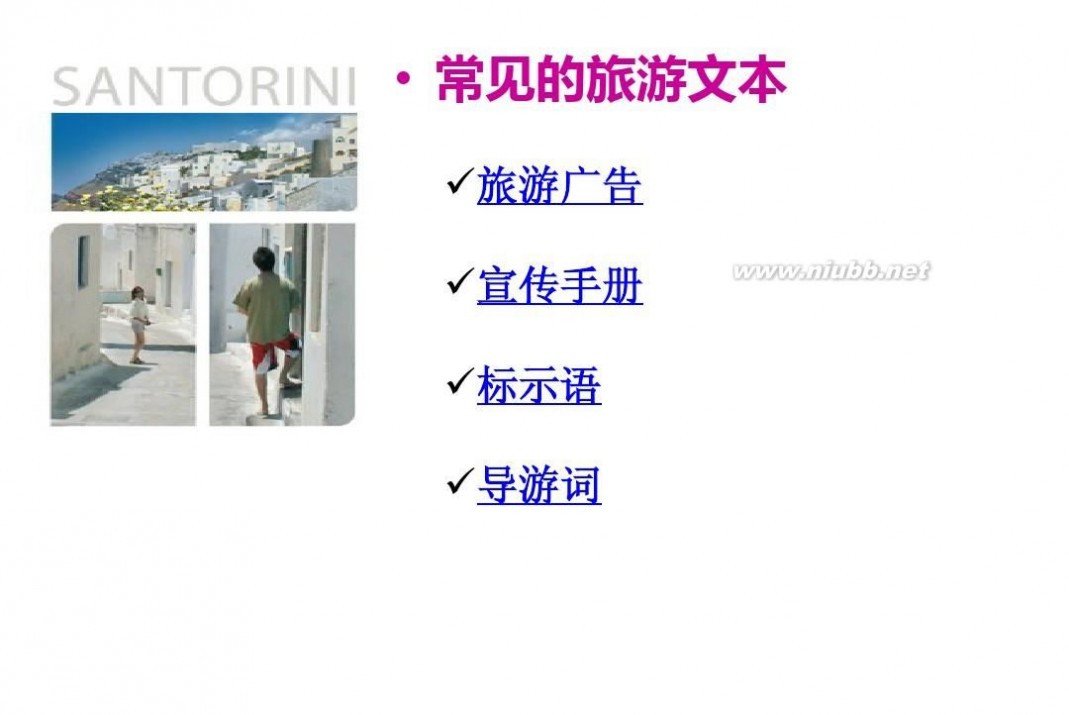
旅游翻译 旅游类文体翻译

旅游翻译 旅游类文体翻译

旅游翻译 旅游类文体翻译
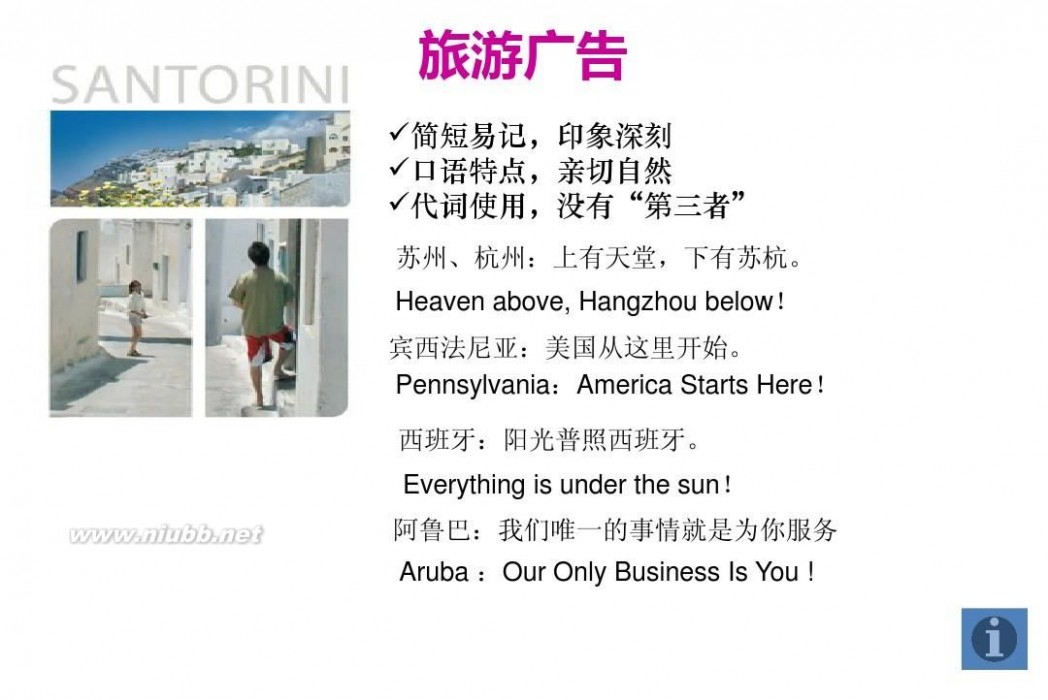
旅游翻译 旅游类文体翻译
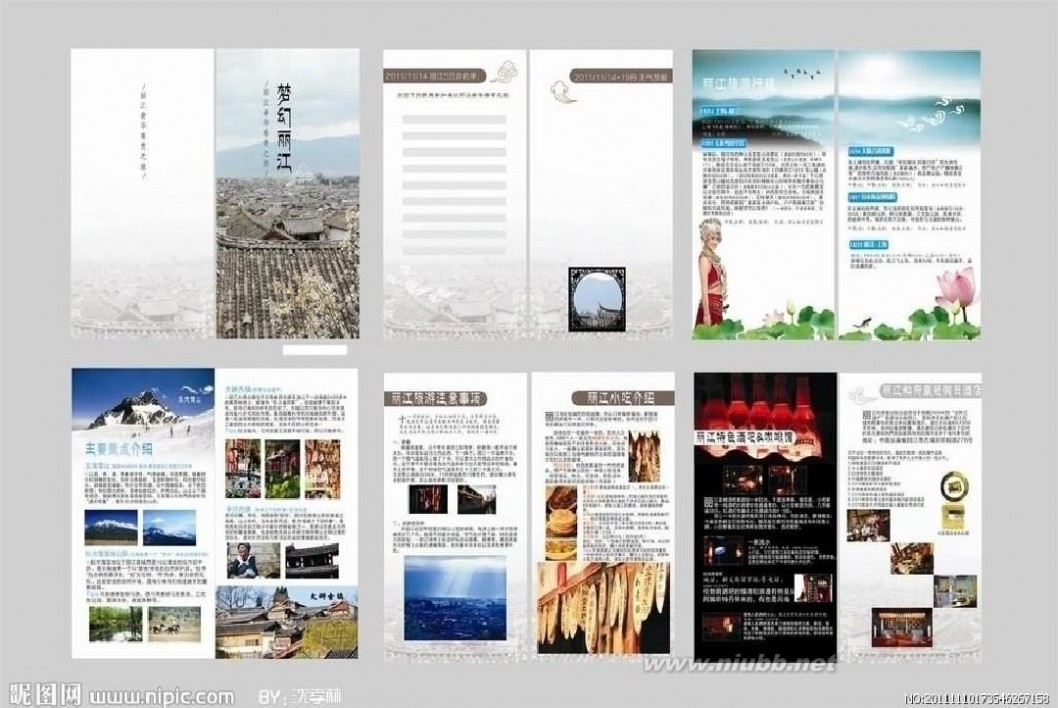
旅游翻译 旅游类文体翻译
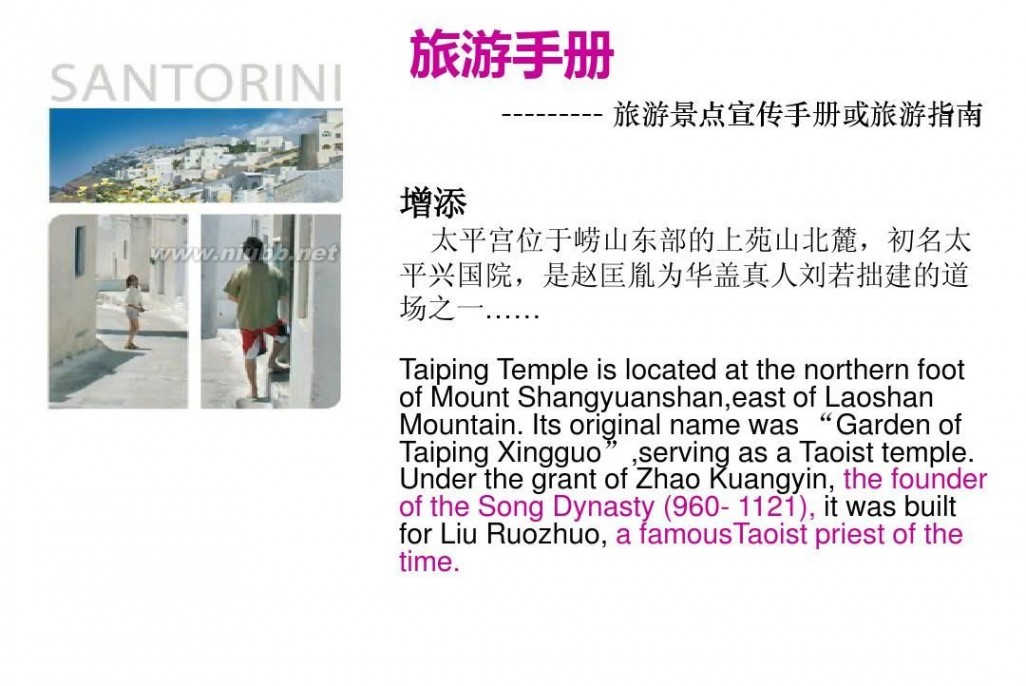
旅游翻译 旅游类文体翻译
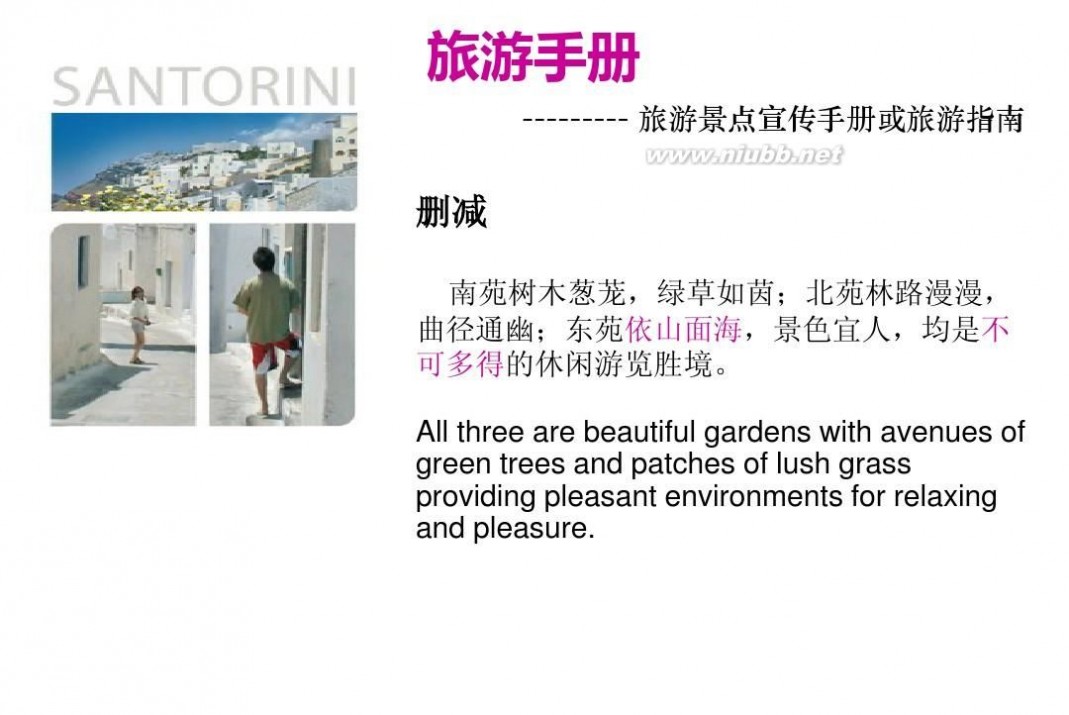
旅游翻译 旅游类文体翻译
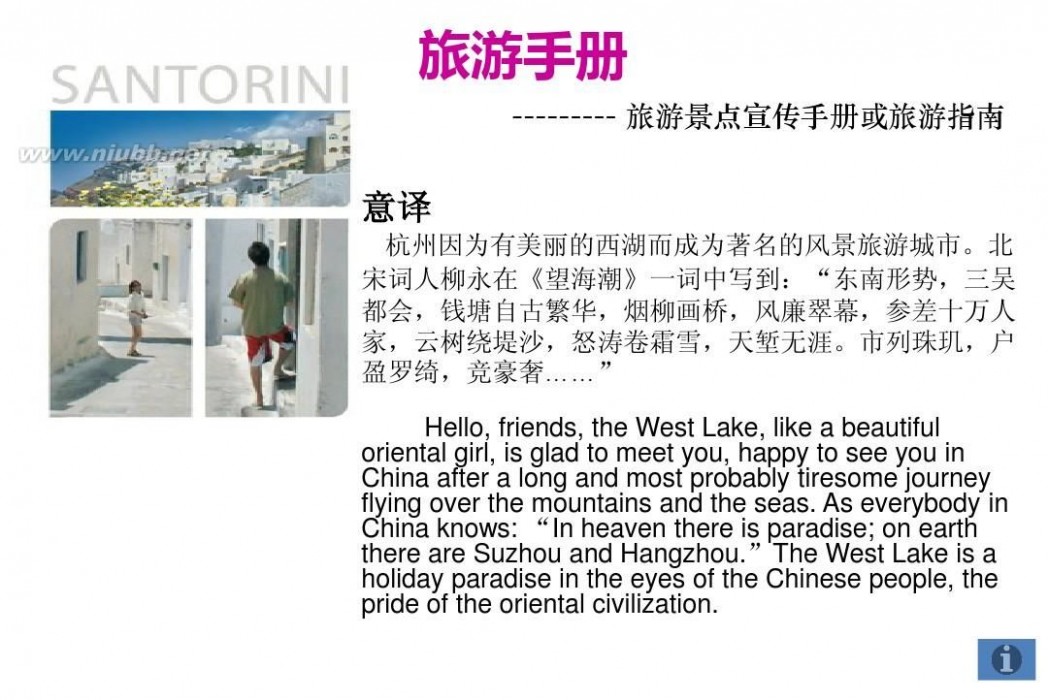
旅游翻译 旅游类文体翻译
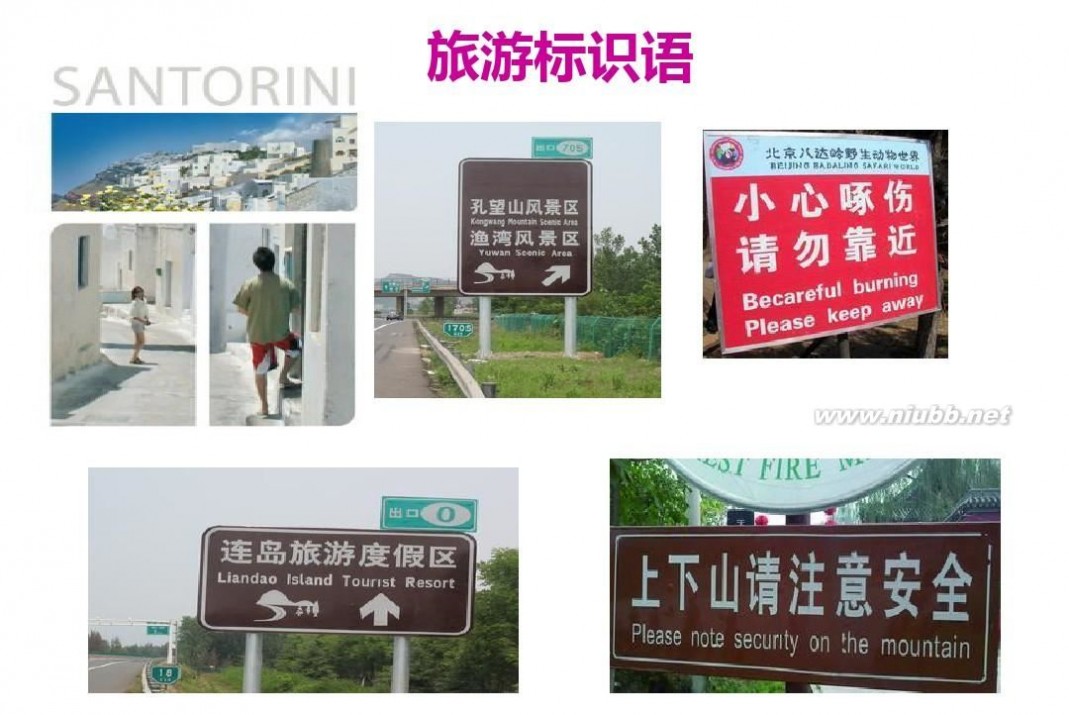
旅游翻译 旅游类文体翻译
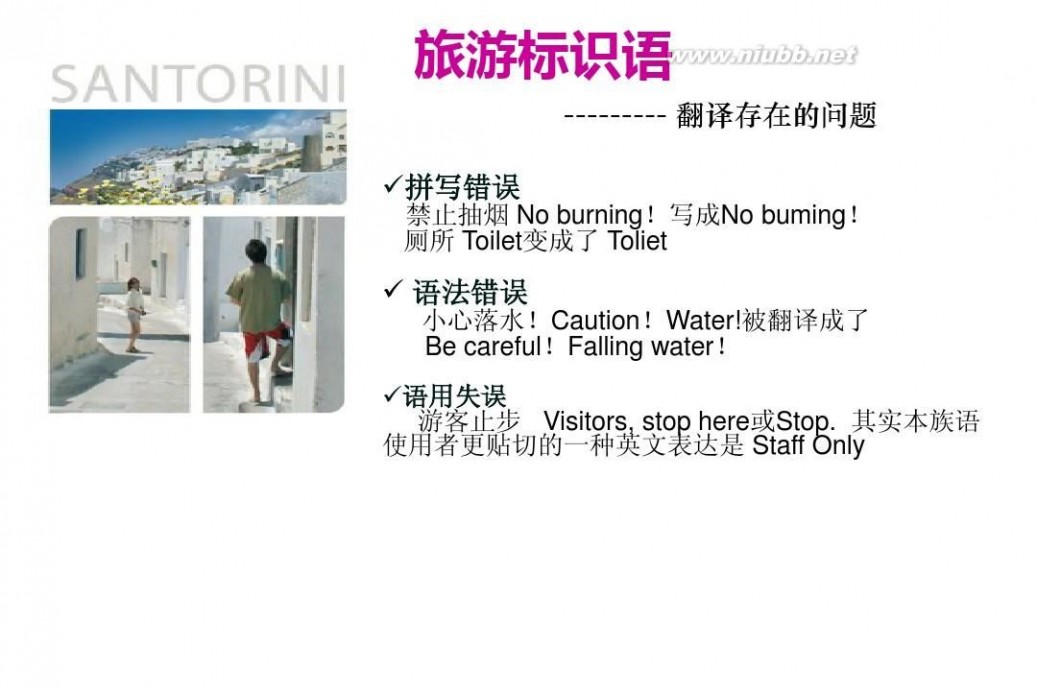
旅游翻译 旅游类文体翻译
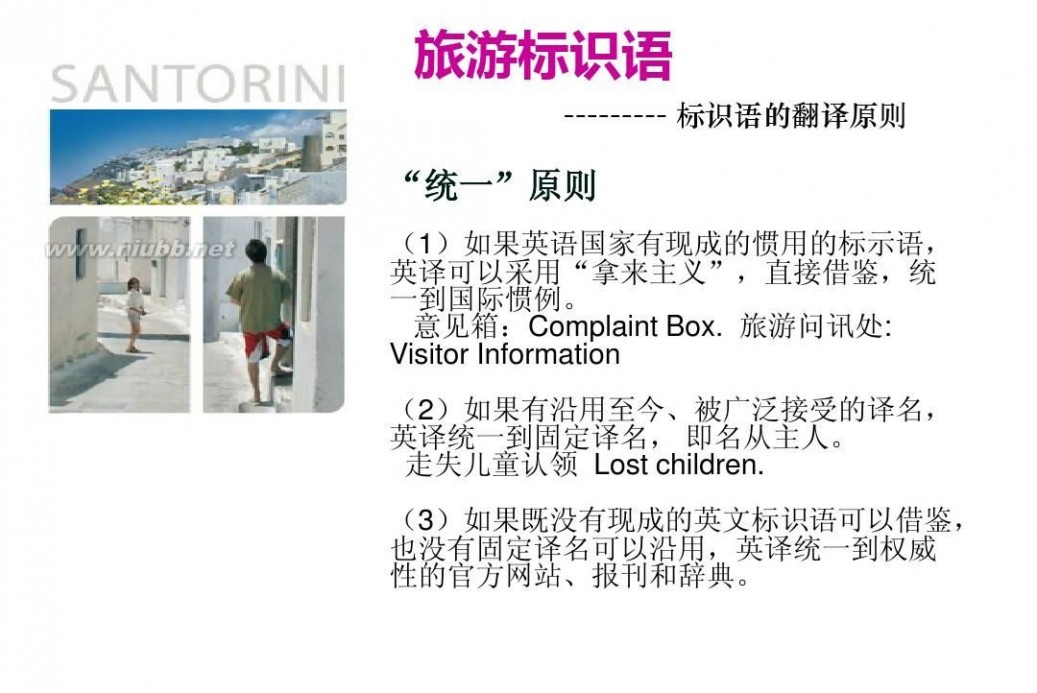
旅游翻译 旅游类文体翻译
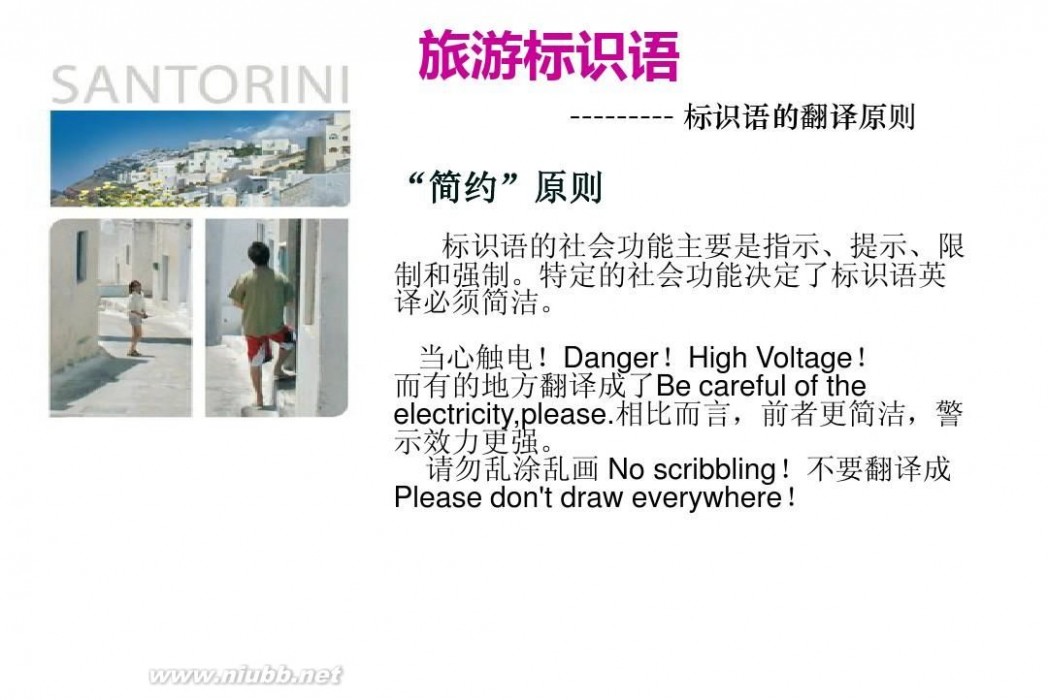
旅游翻译 旅游类文体翻译
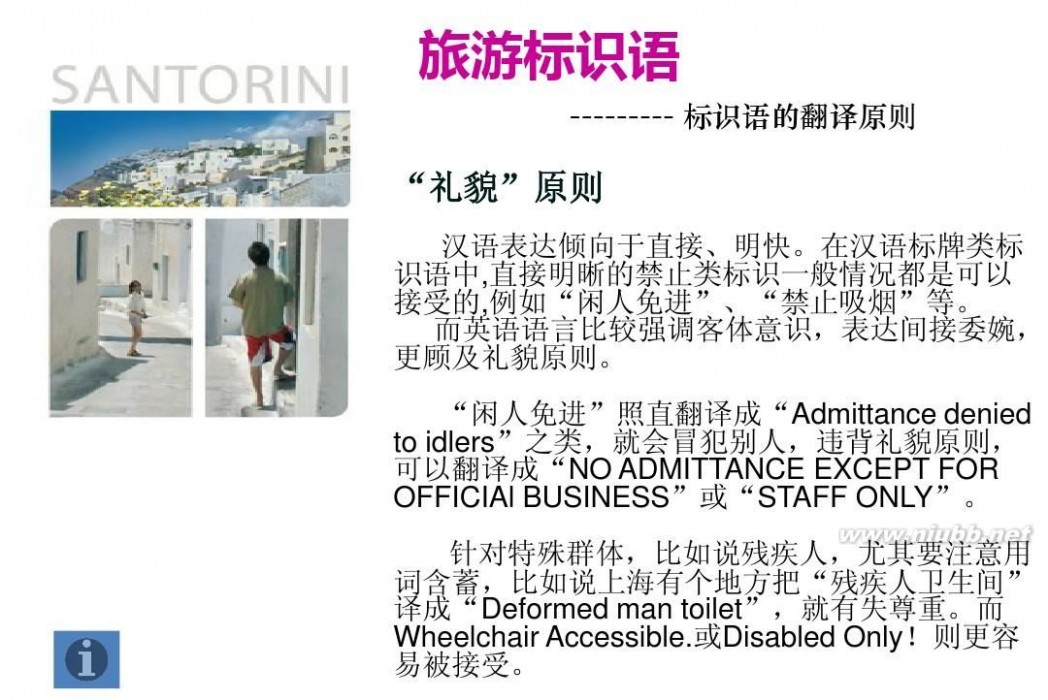
旅游翻译 旅游类文体翻译
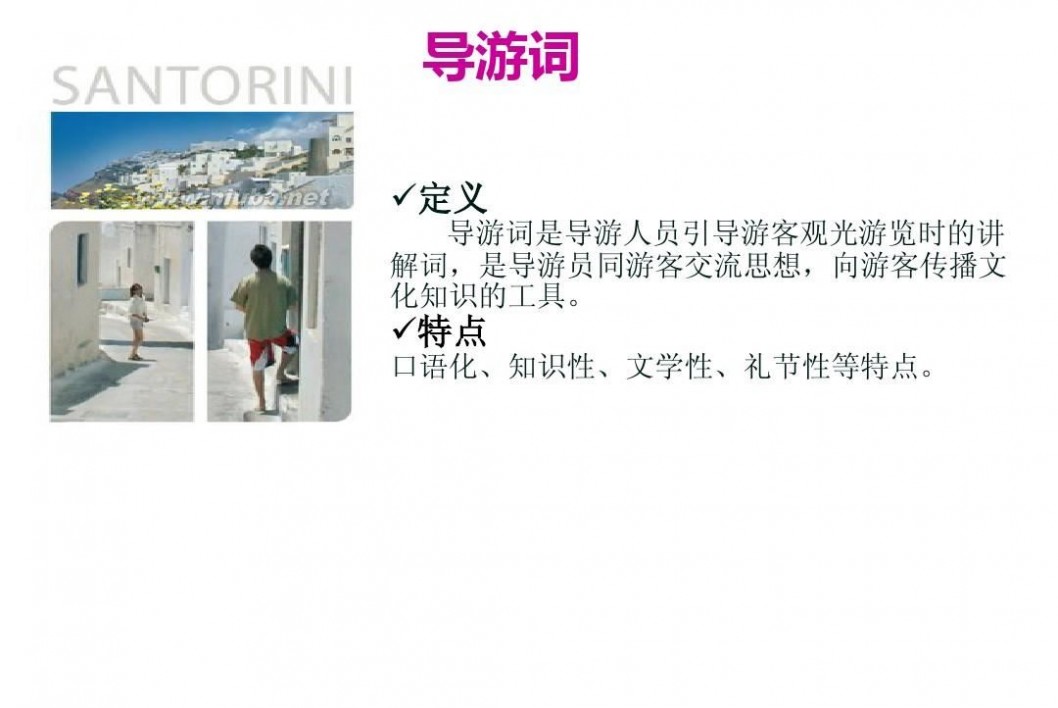
旅游翻译 旅游类文体翻译

旅游翻译 旅游类文体翻译
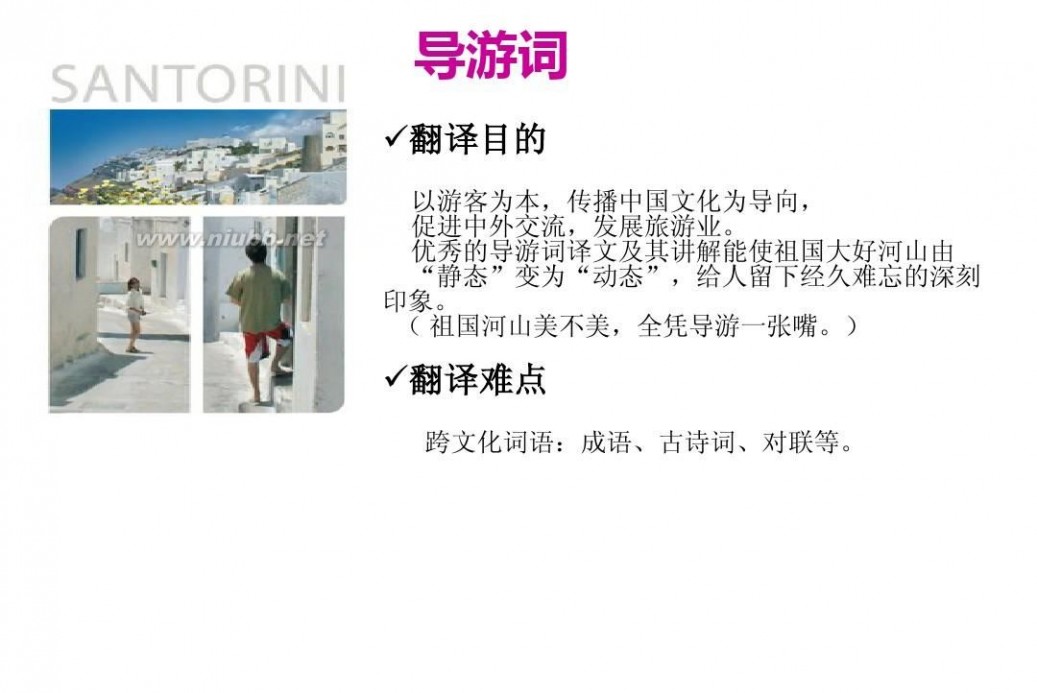
旅游翻译 旅游类文体翻译
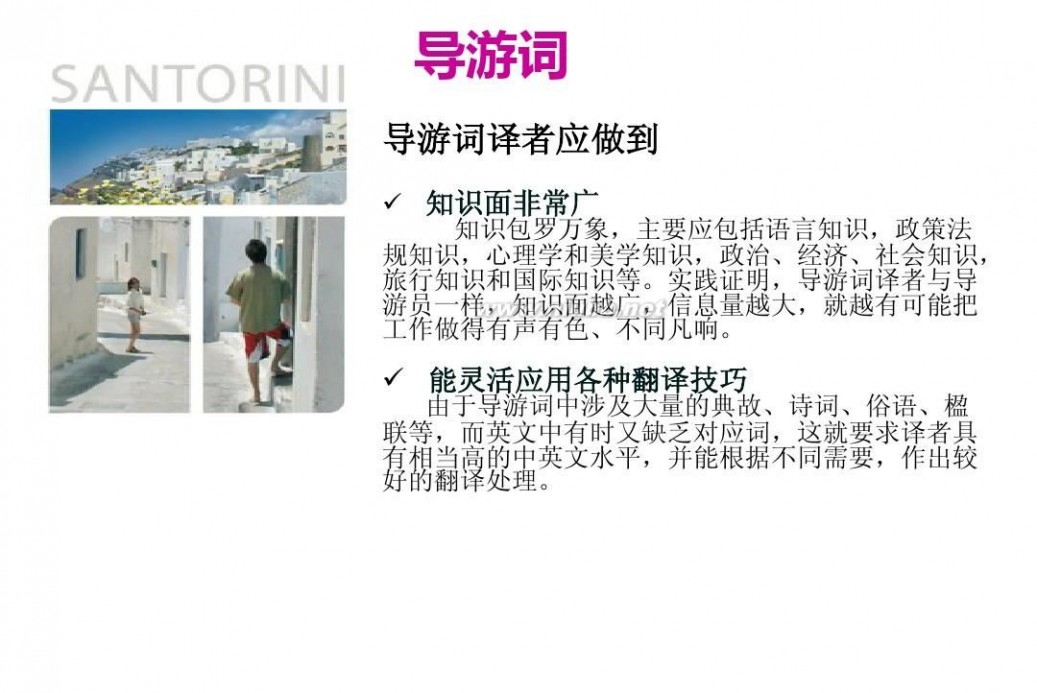
旅游翻译 旅游类文体翻译
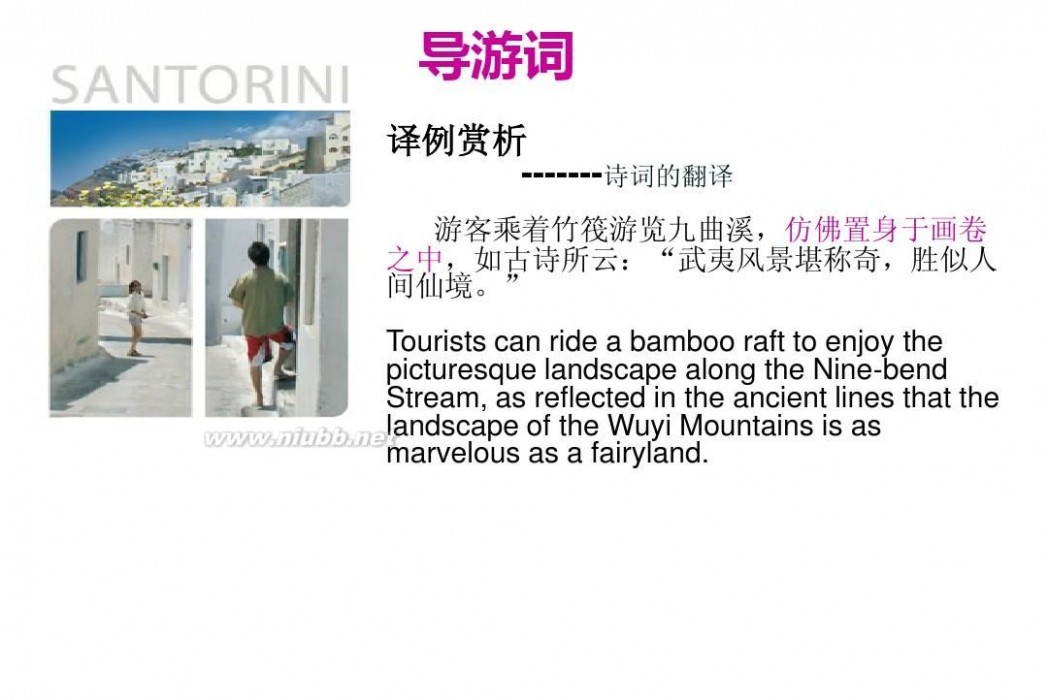
旅游翻译 旅游类文体翻译
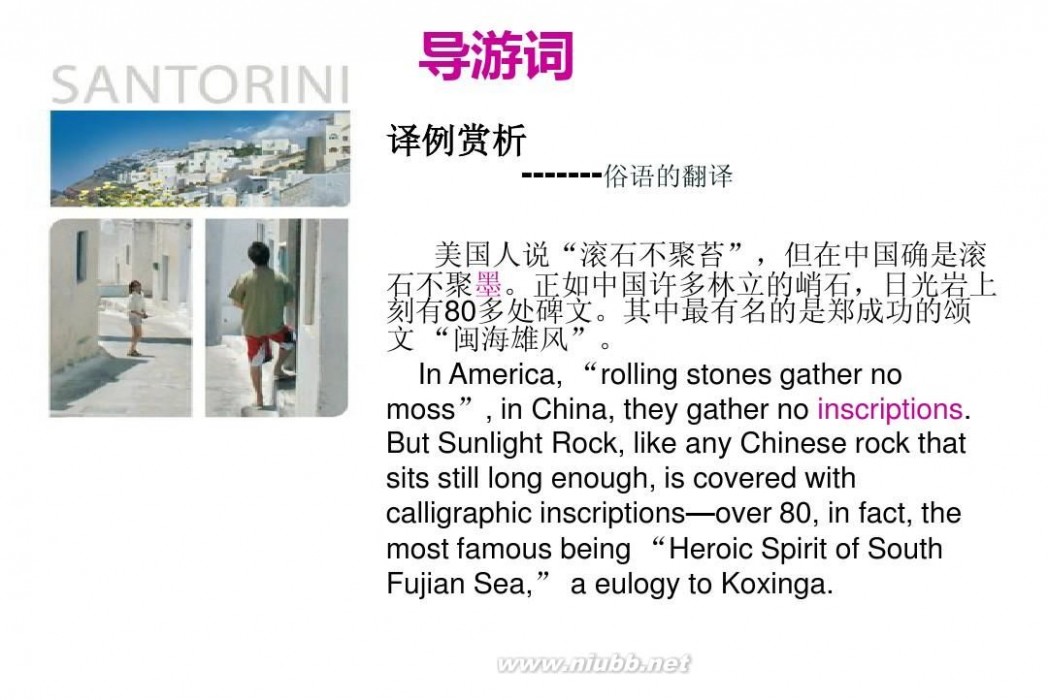
旅游翻译 旅游类文体翻译
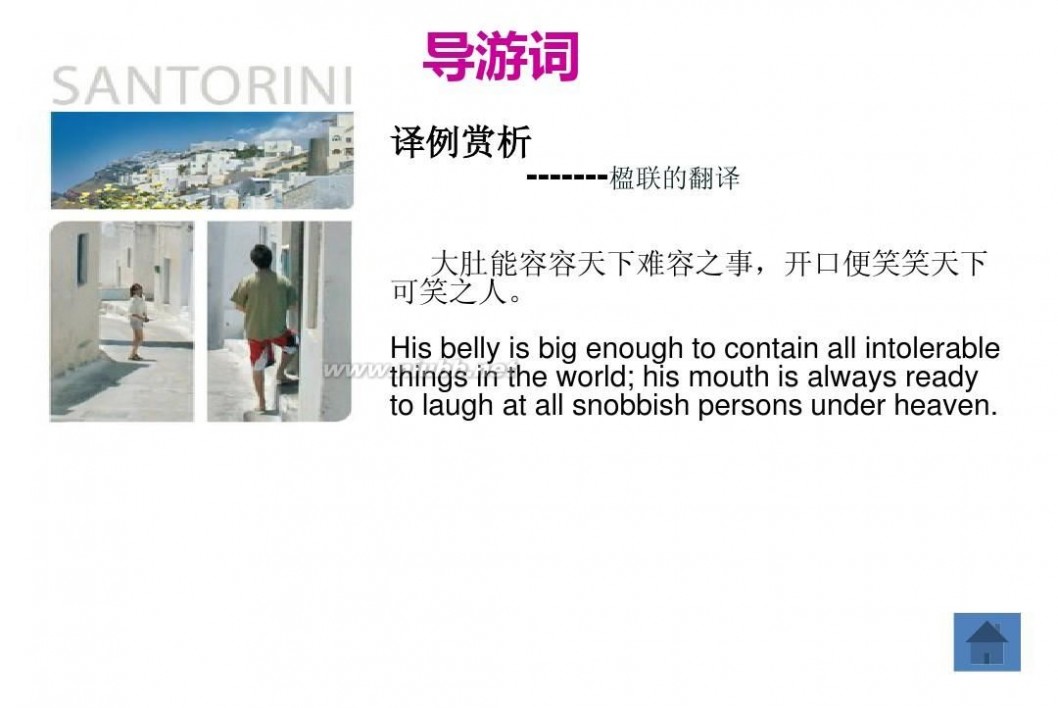
旅游翻译 旅游类文体翻译

旅游翻译 旅游类文体翻译
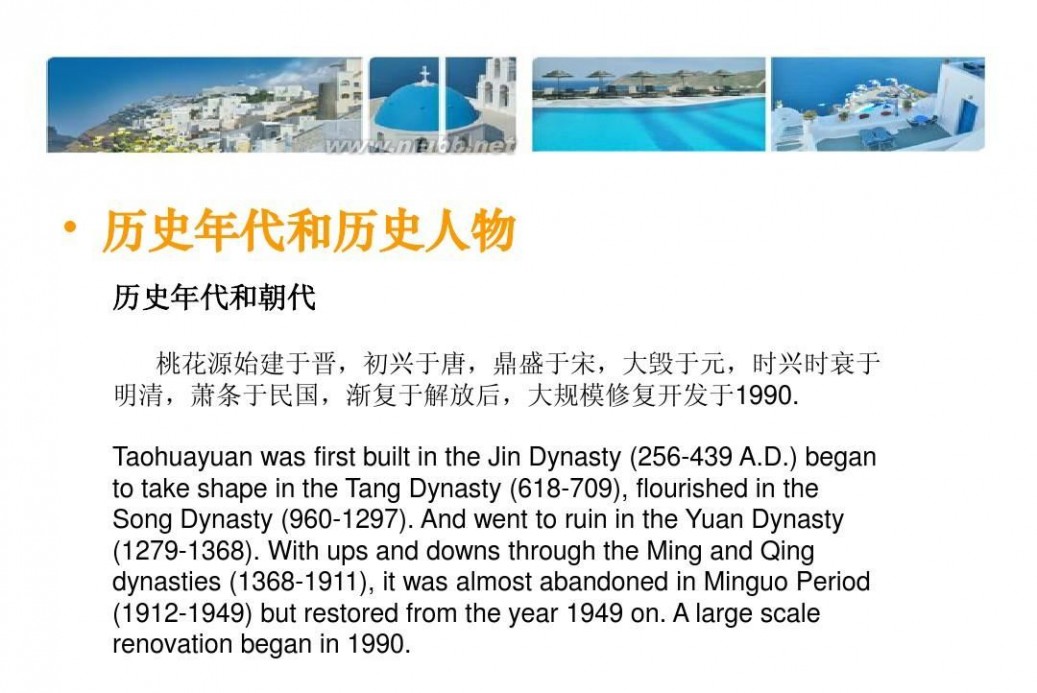
旅游翻译 旅游类文体翻译

旅游翻译 旅游类文体翻译
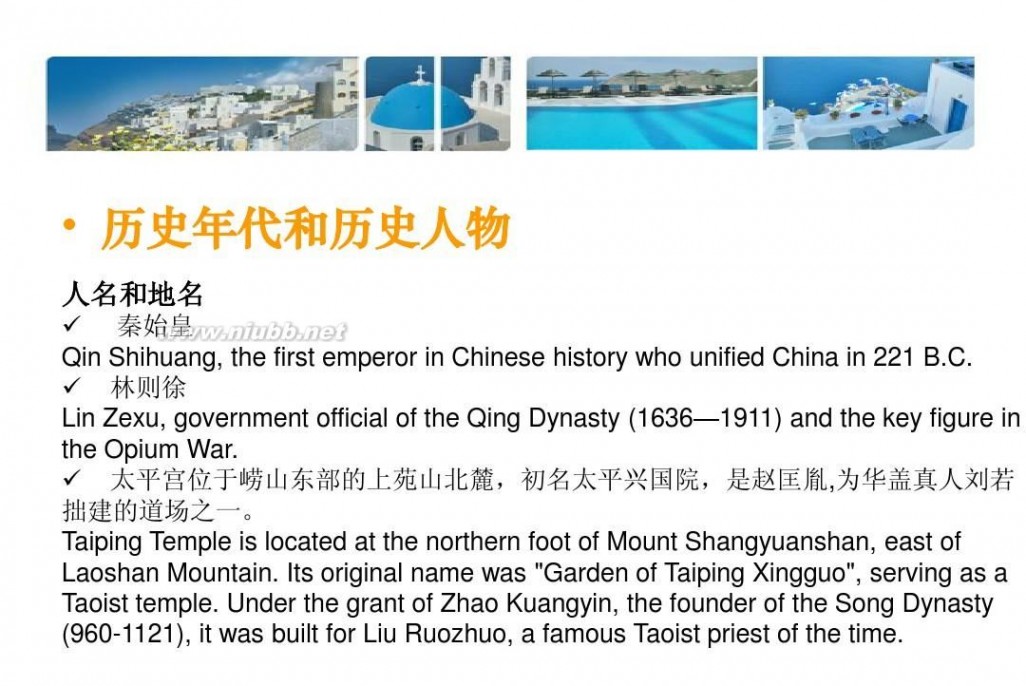
旅游翻译 旅游类文体翻译
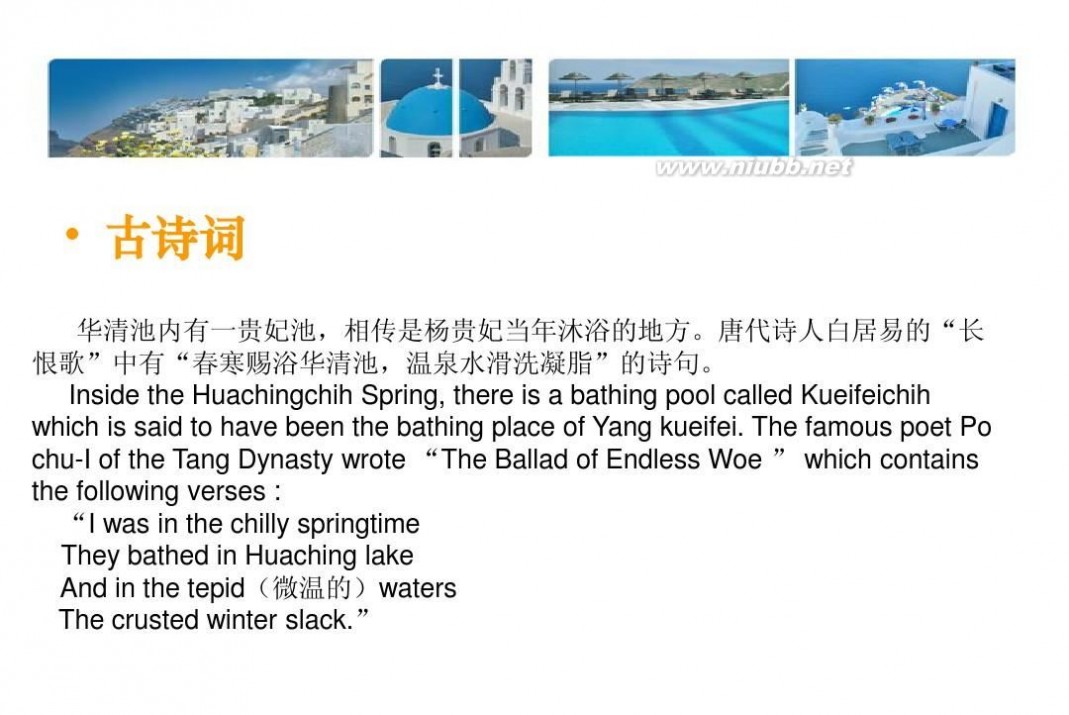
旅游翻译 旅游类文体翻译
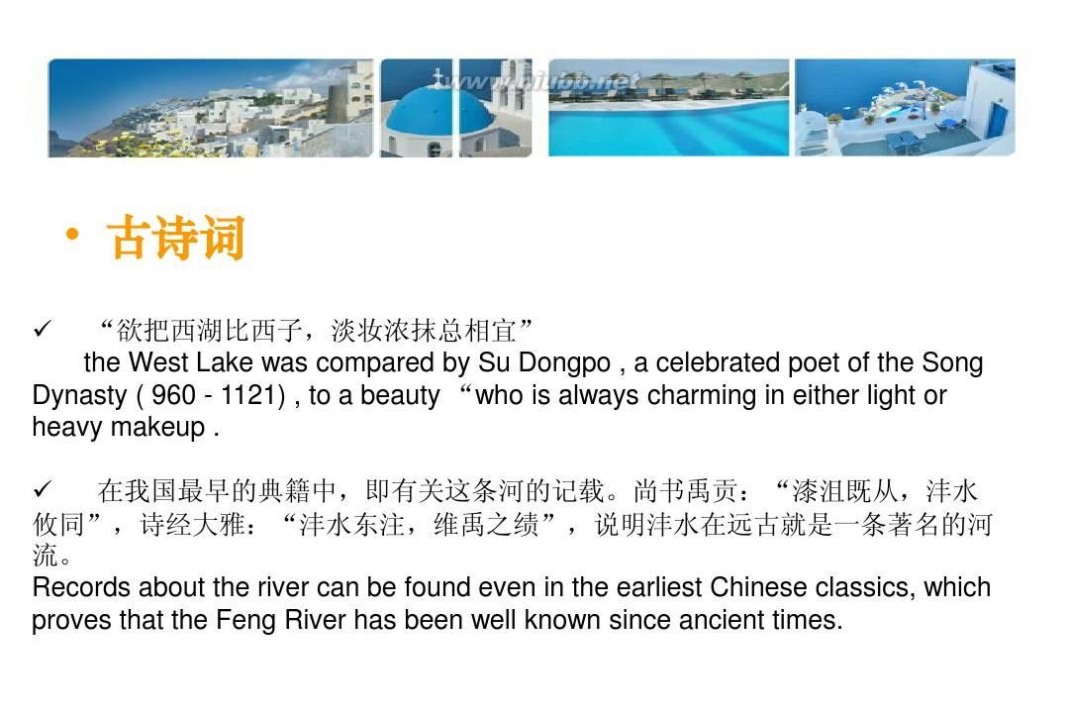
旅游翻译 旅游类文体翻译
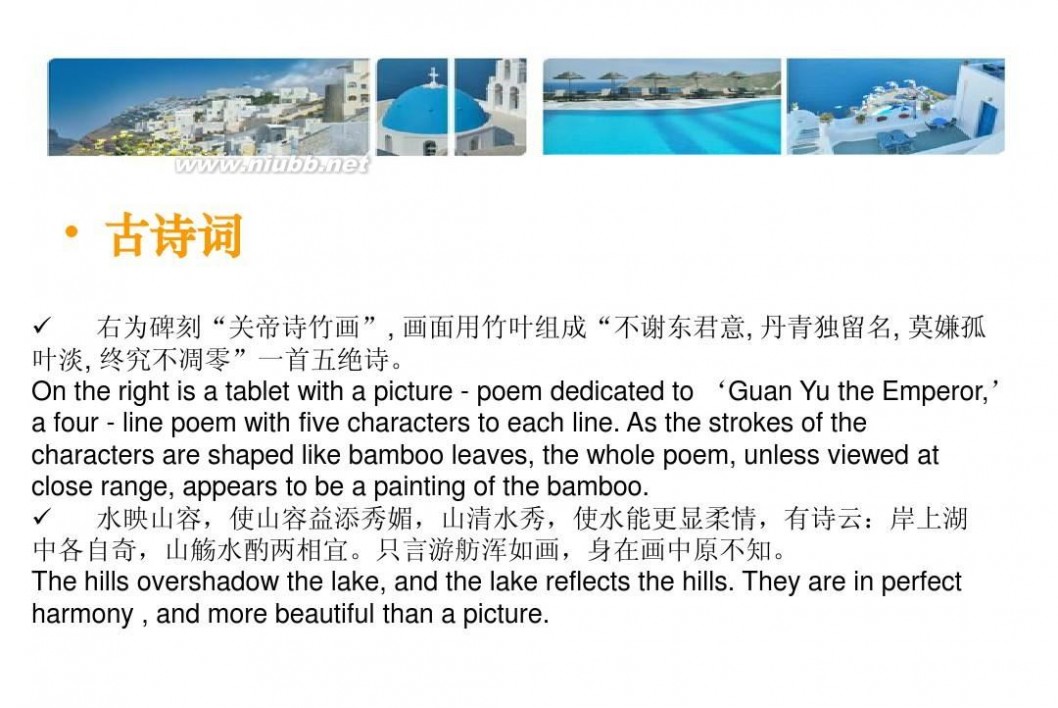
旅游翻译 旅游类文体翻译
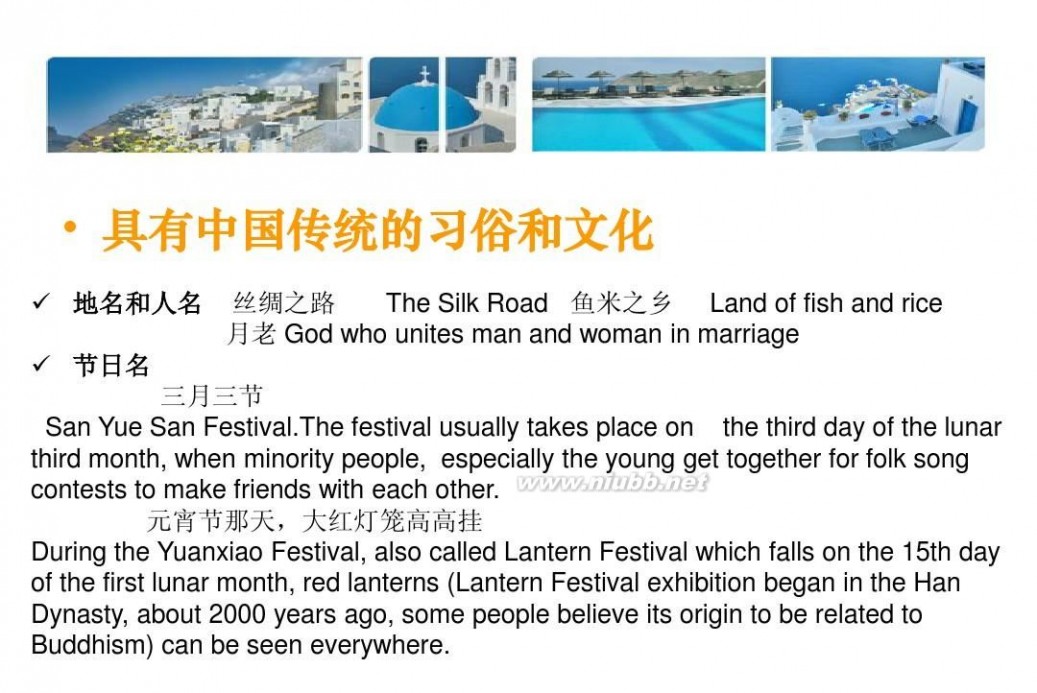
旅游翻译 旅游类文体翻译
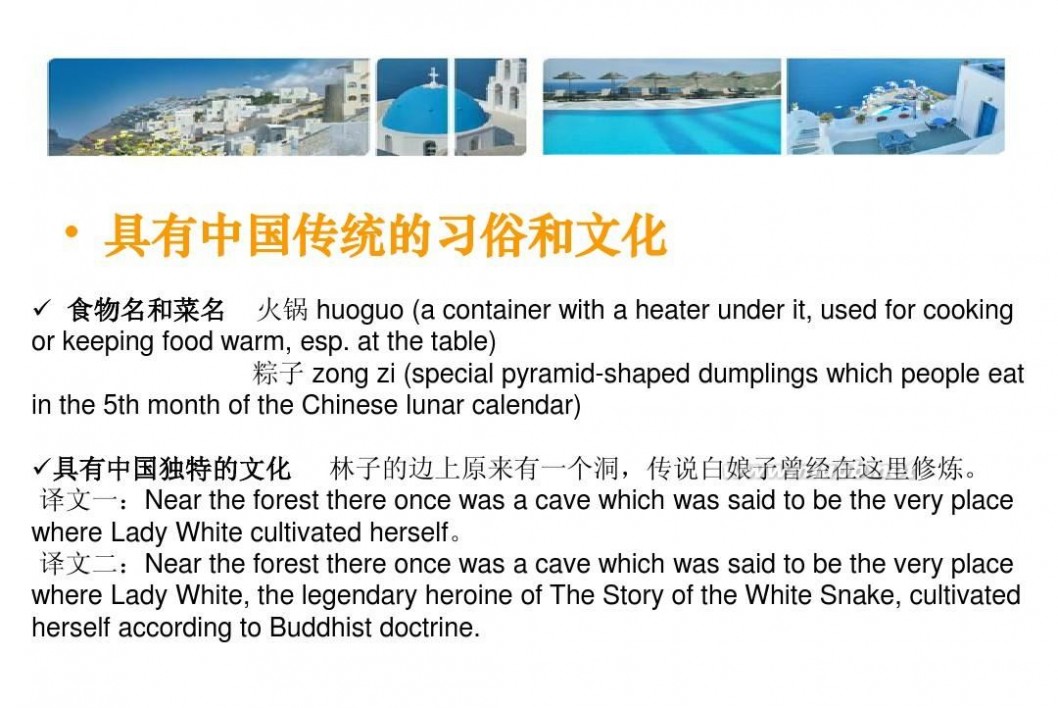
旅游翻译 旅游类文体翻译

旅游翻译 旅游类文体翻译
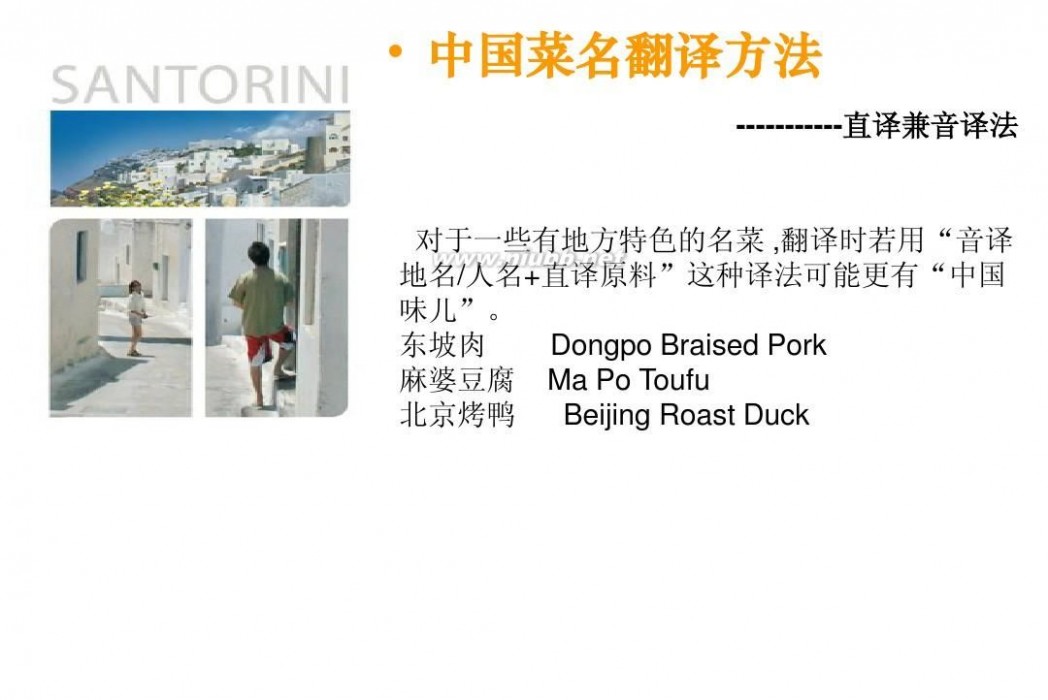
旅游翻译 旅游类文体翻译

旅游翻译 旅游类文体翻译
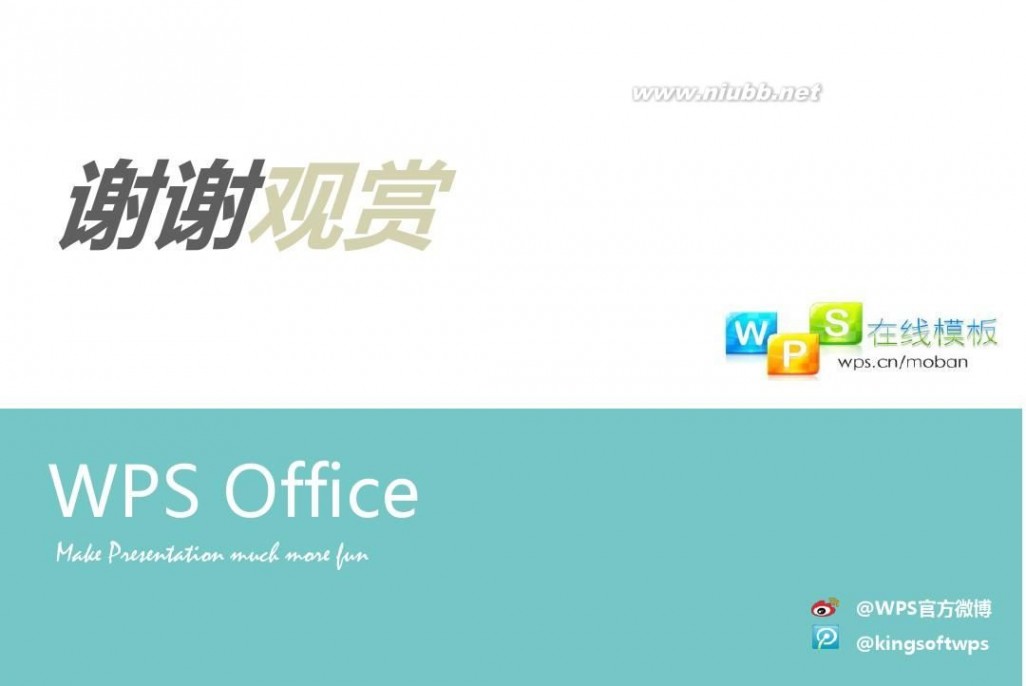
61阅读| 精彩专题| 最新文章| 热门文章| 苏ICP备13036349号-1